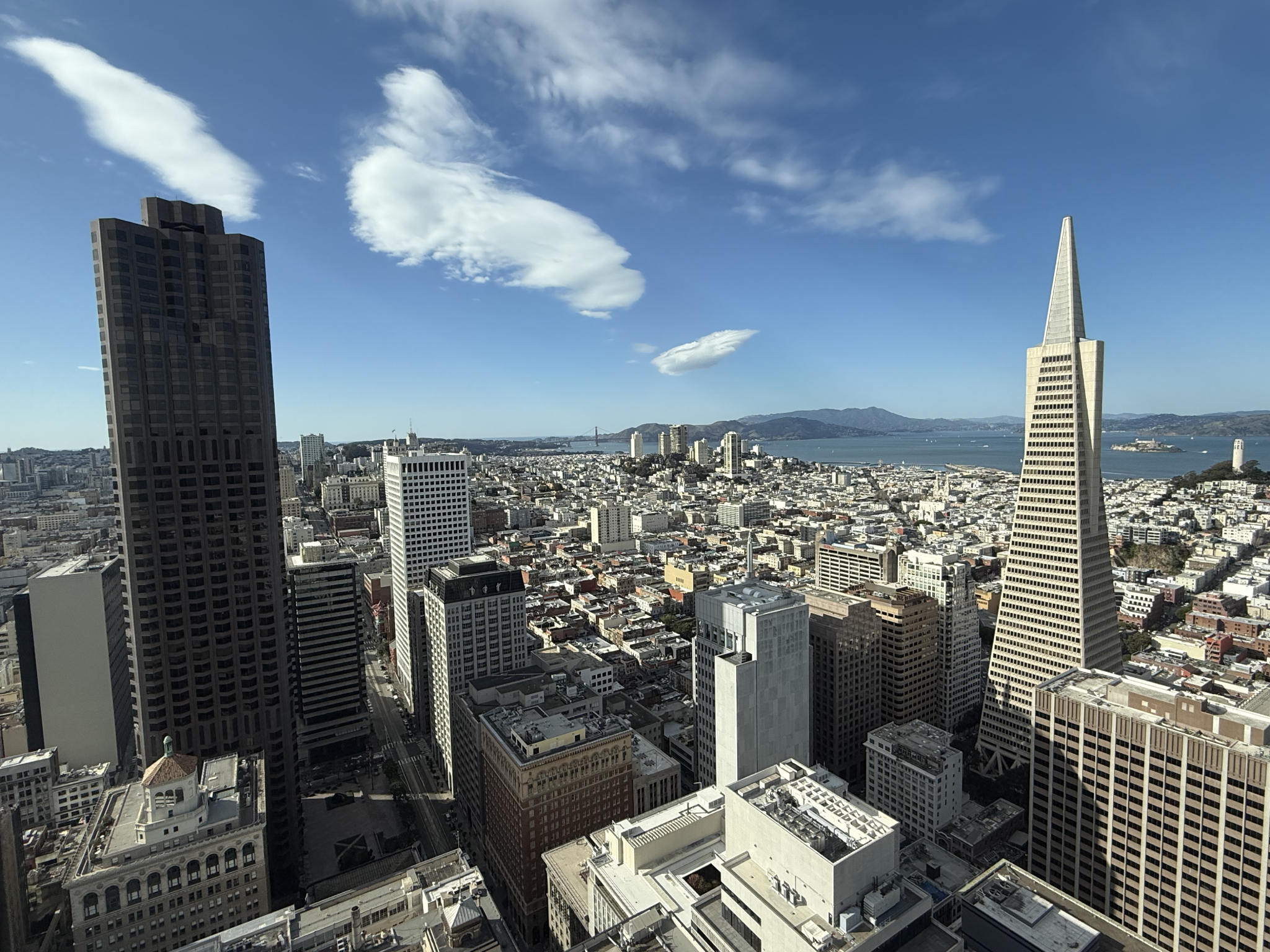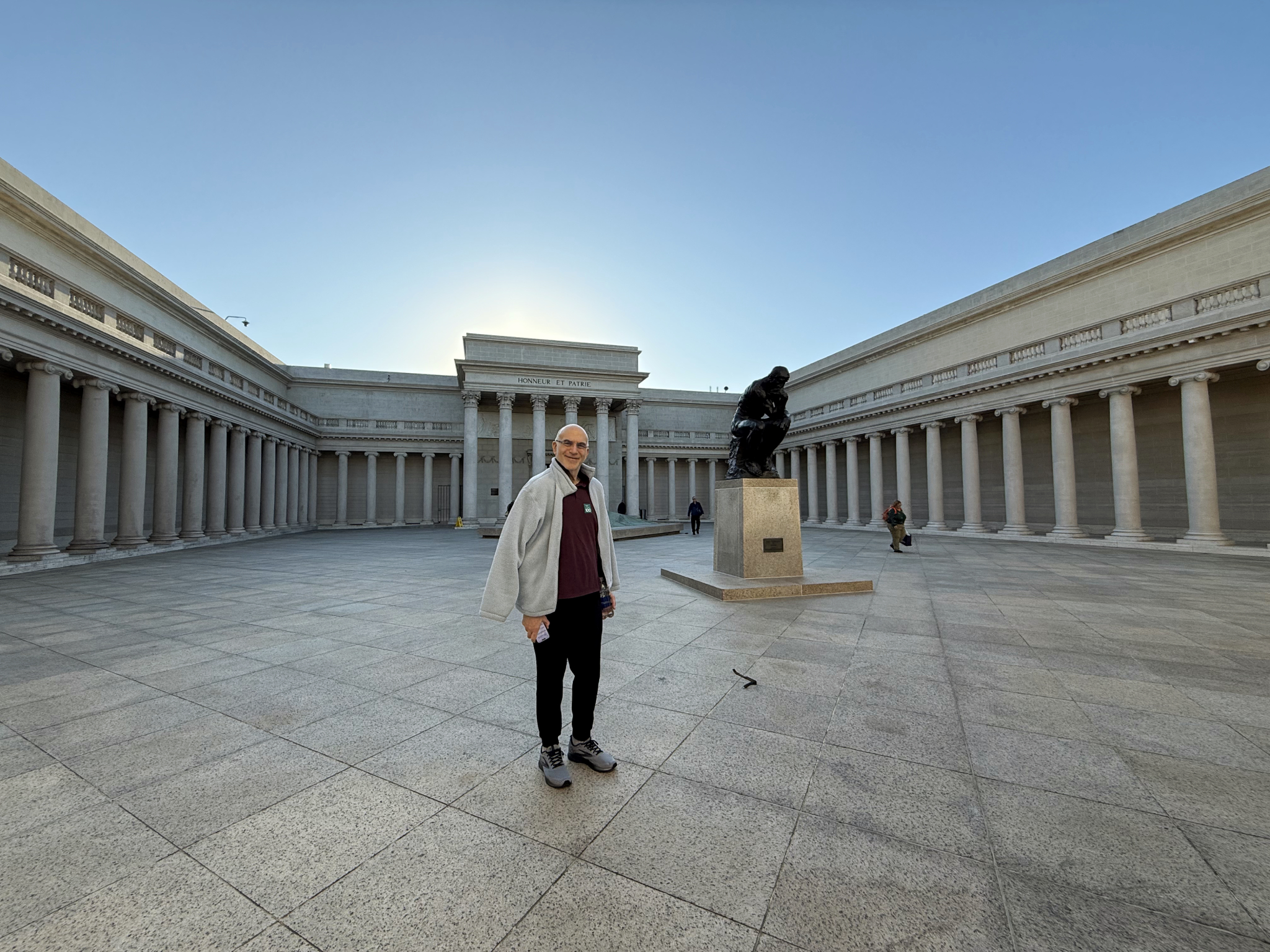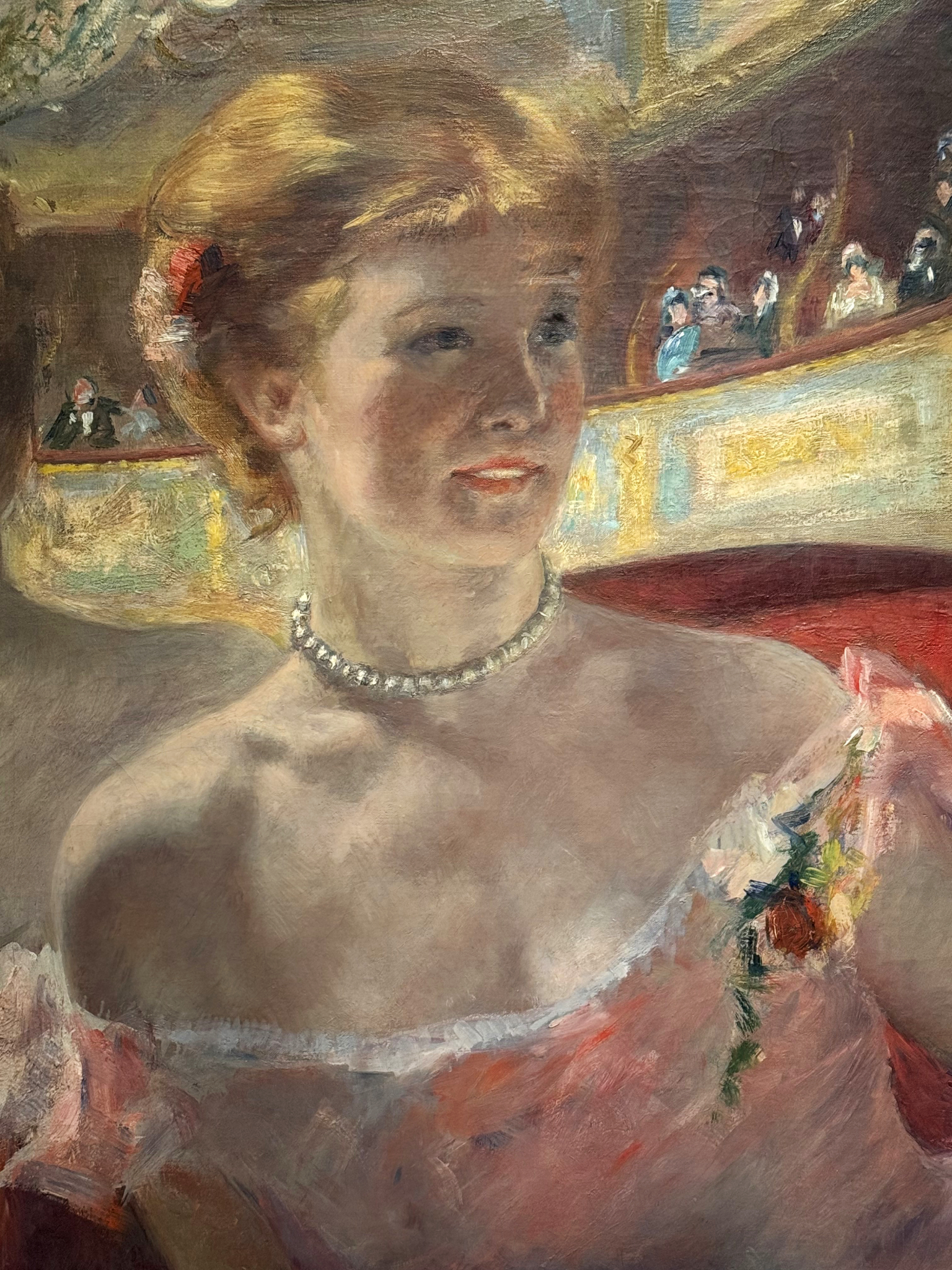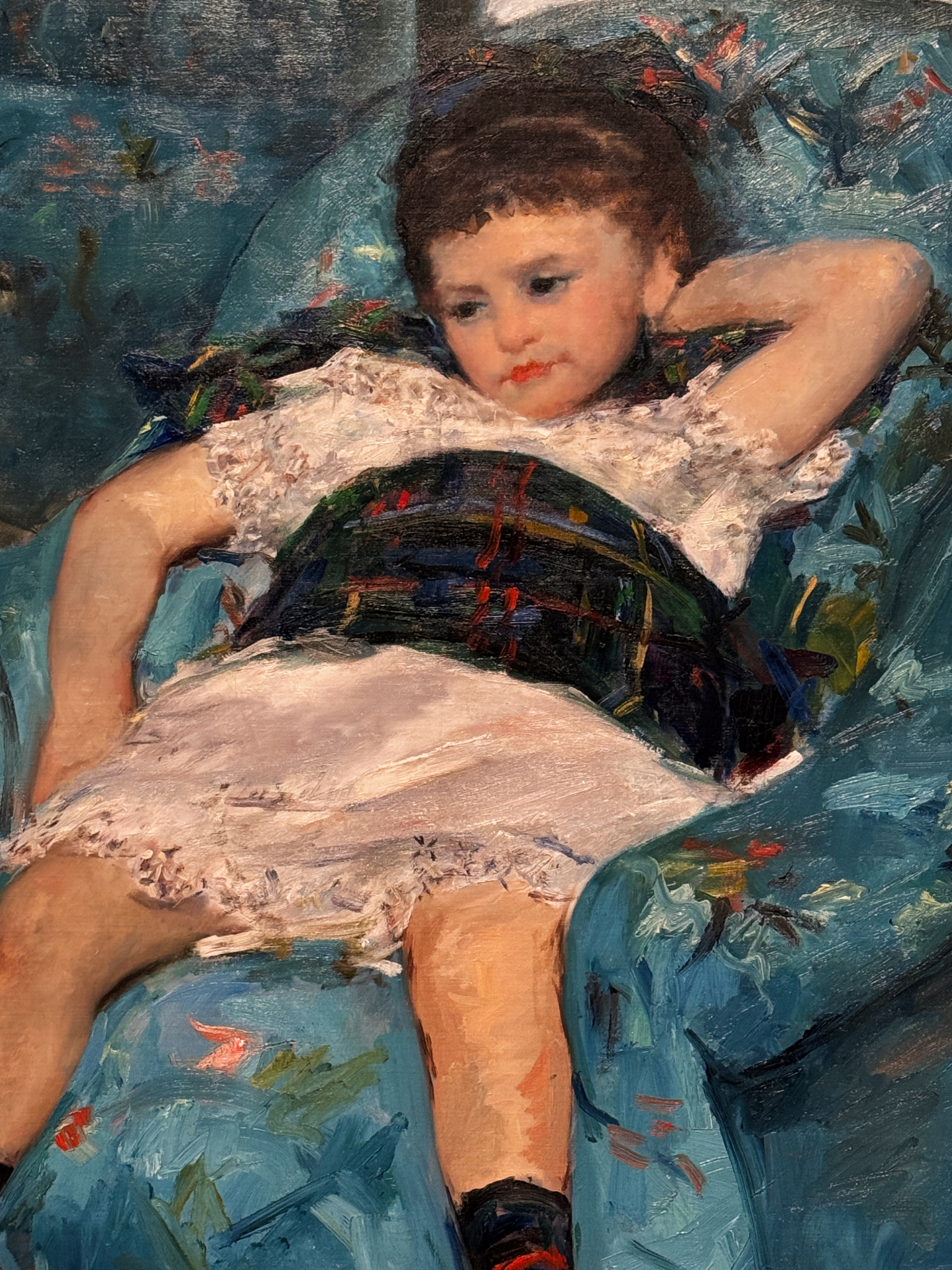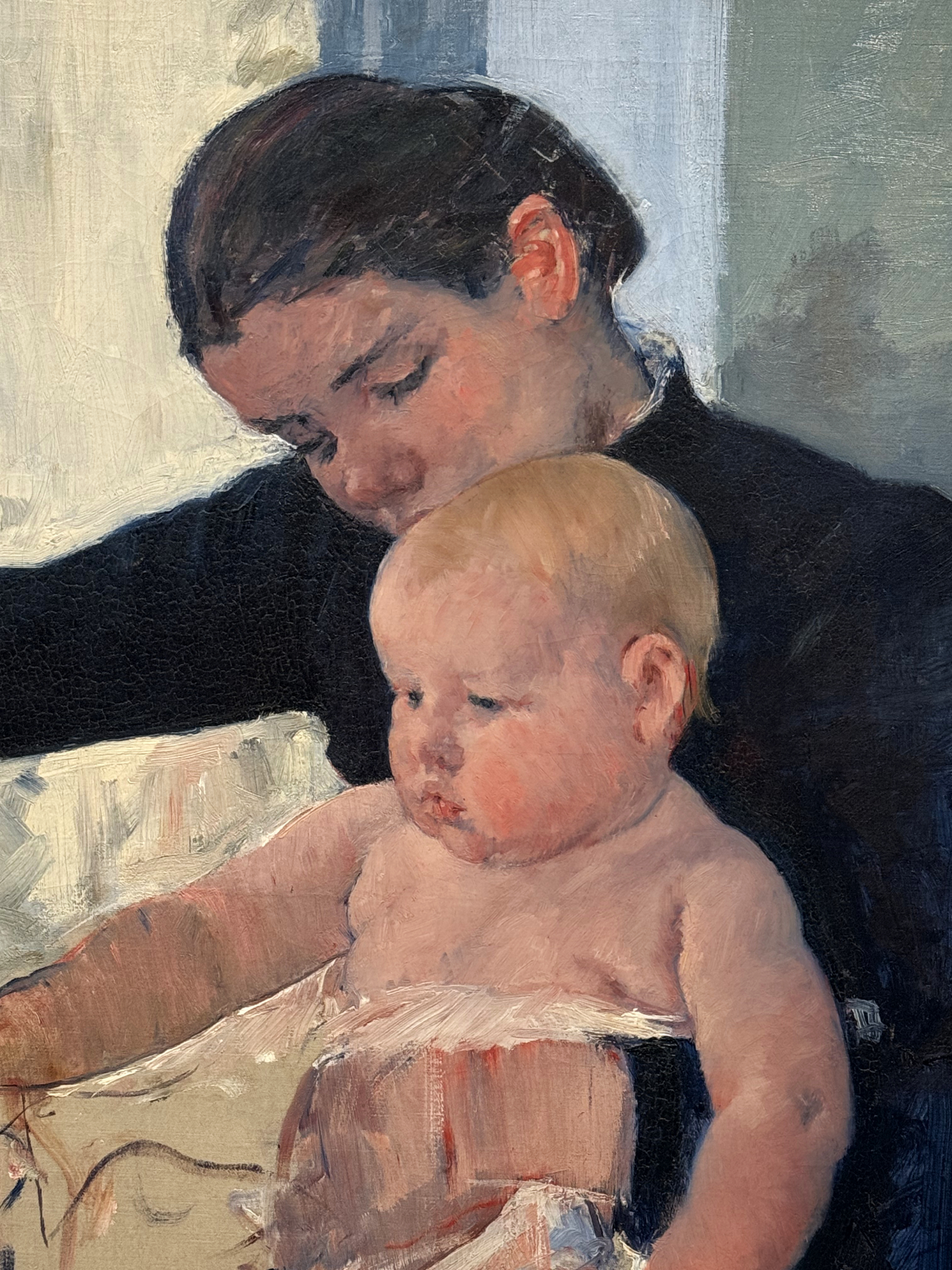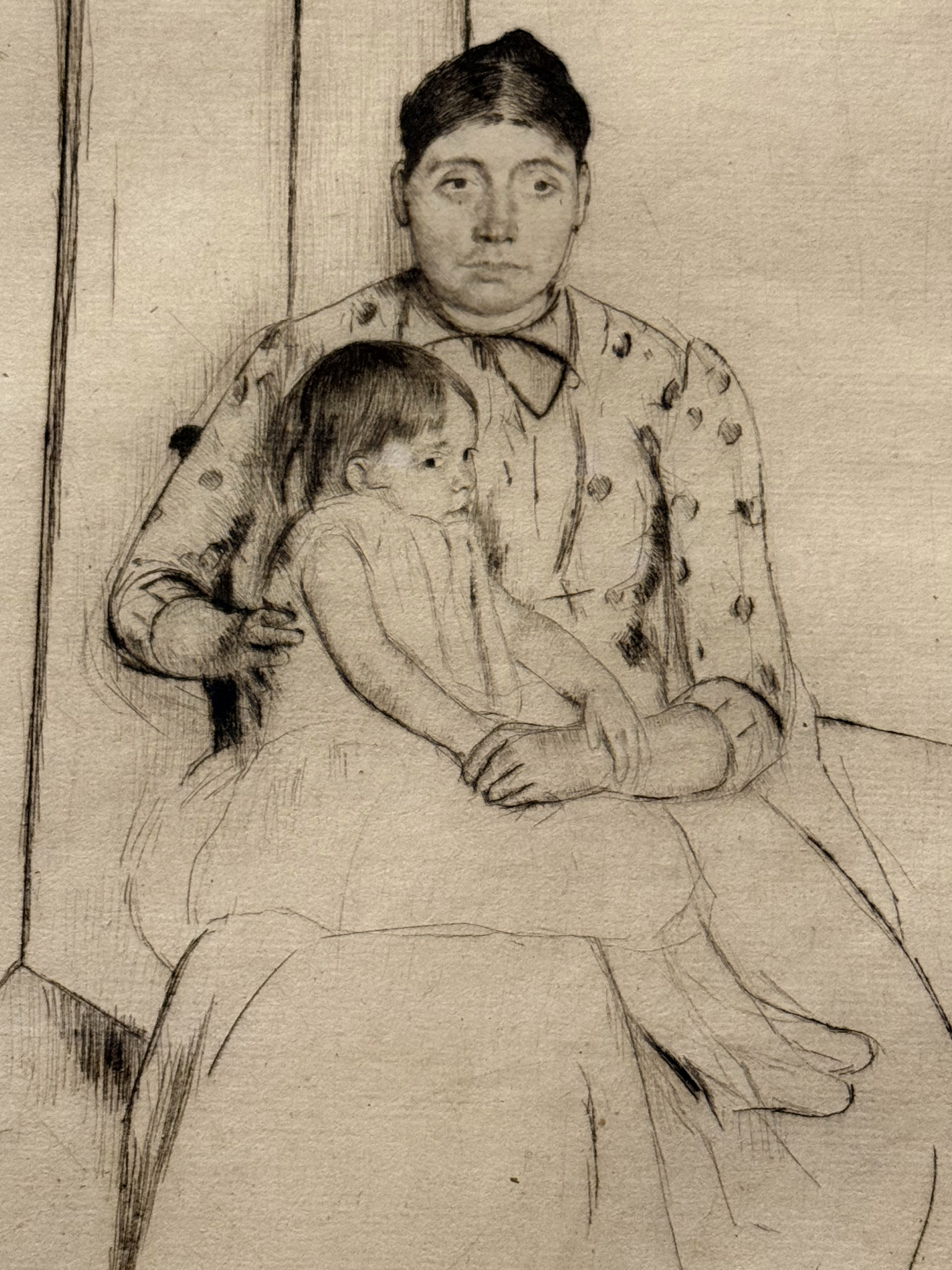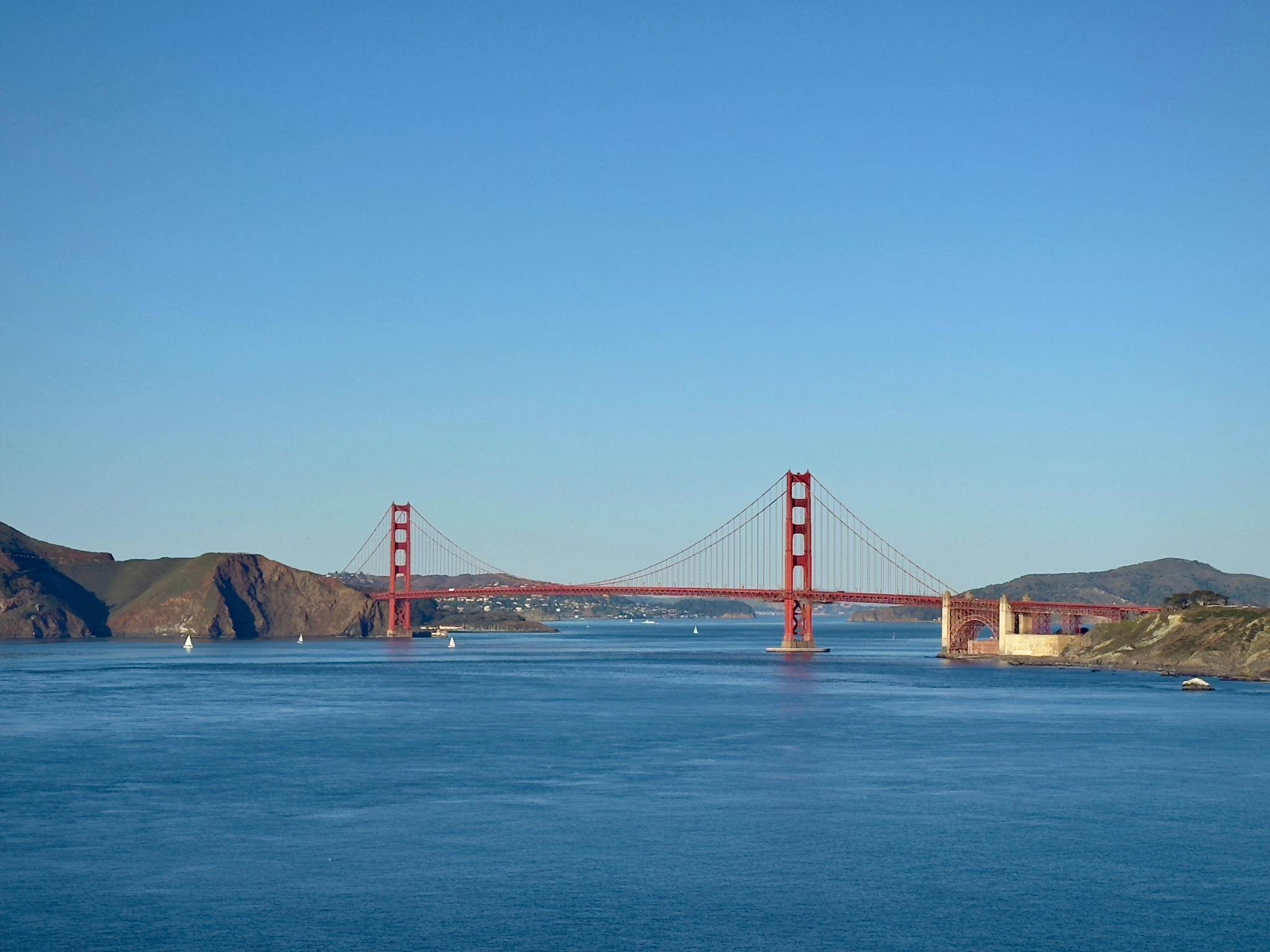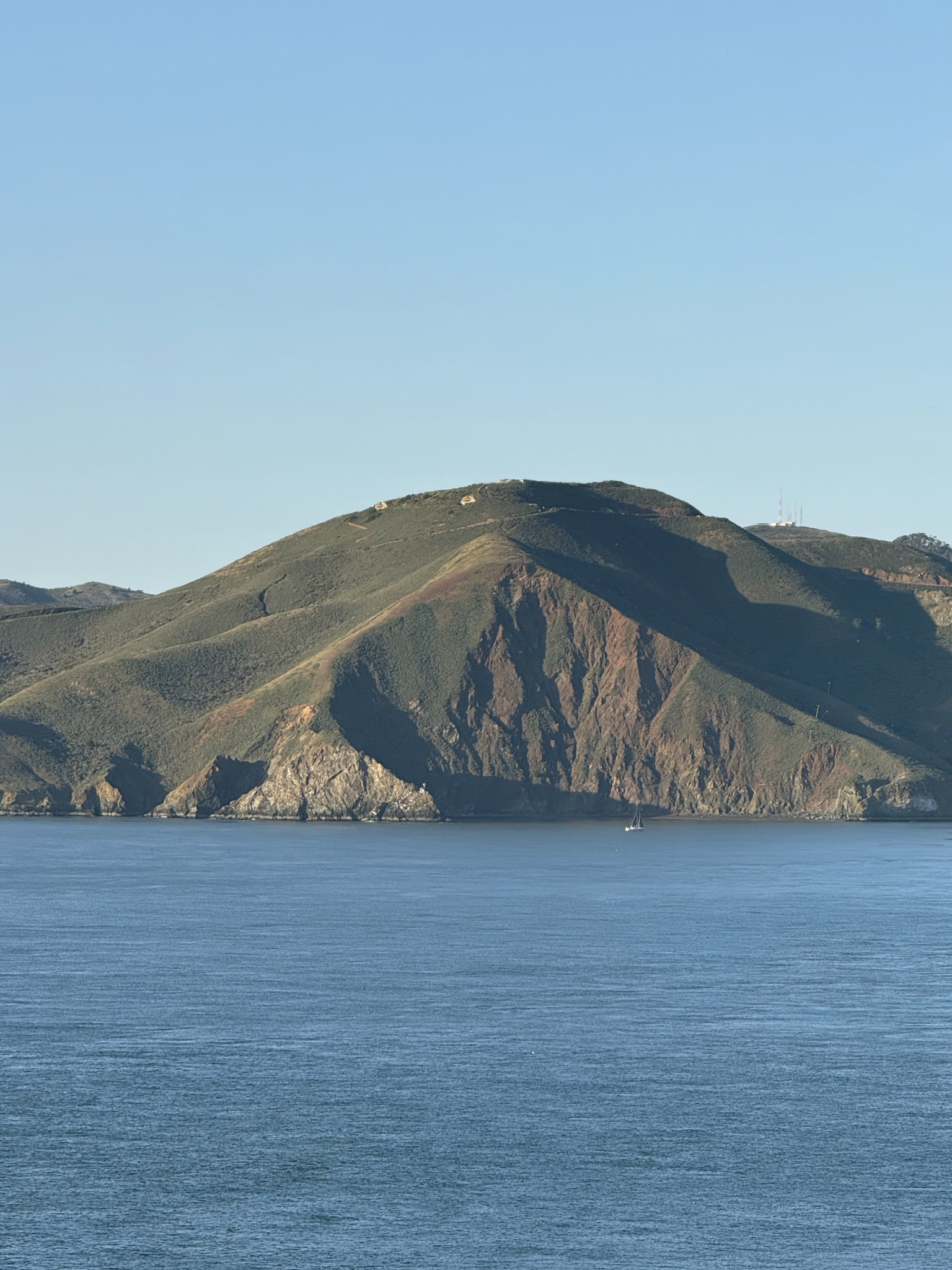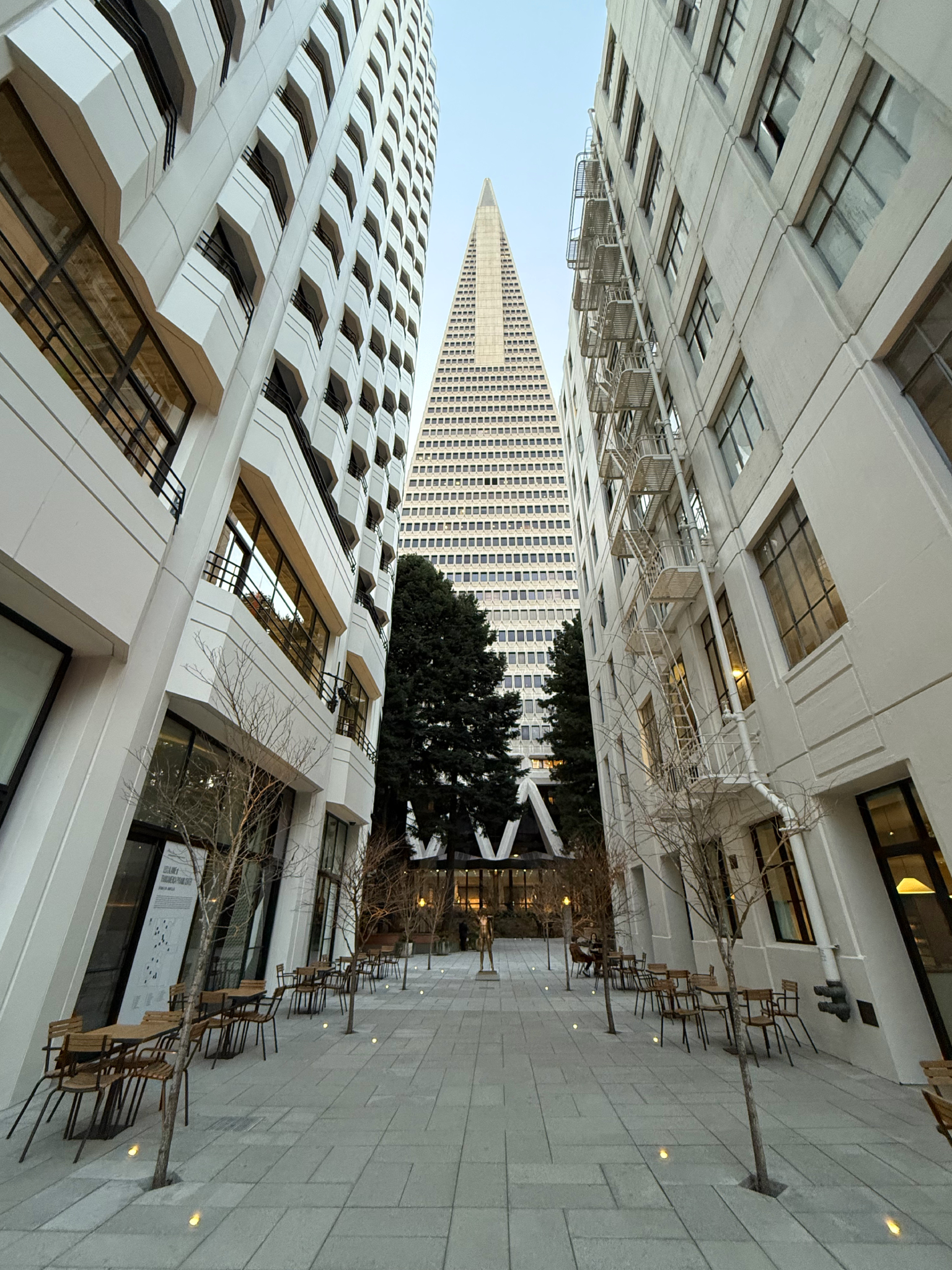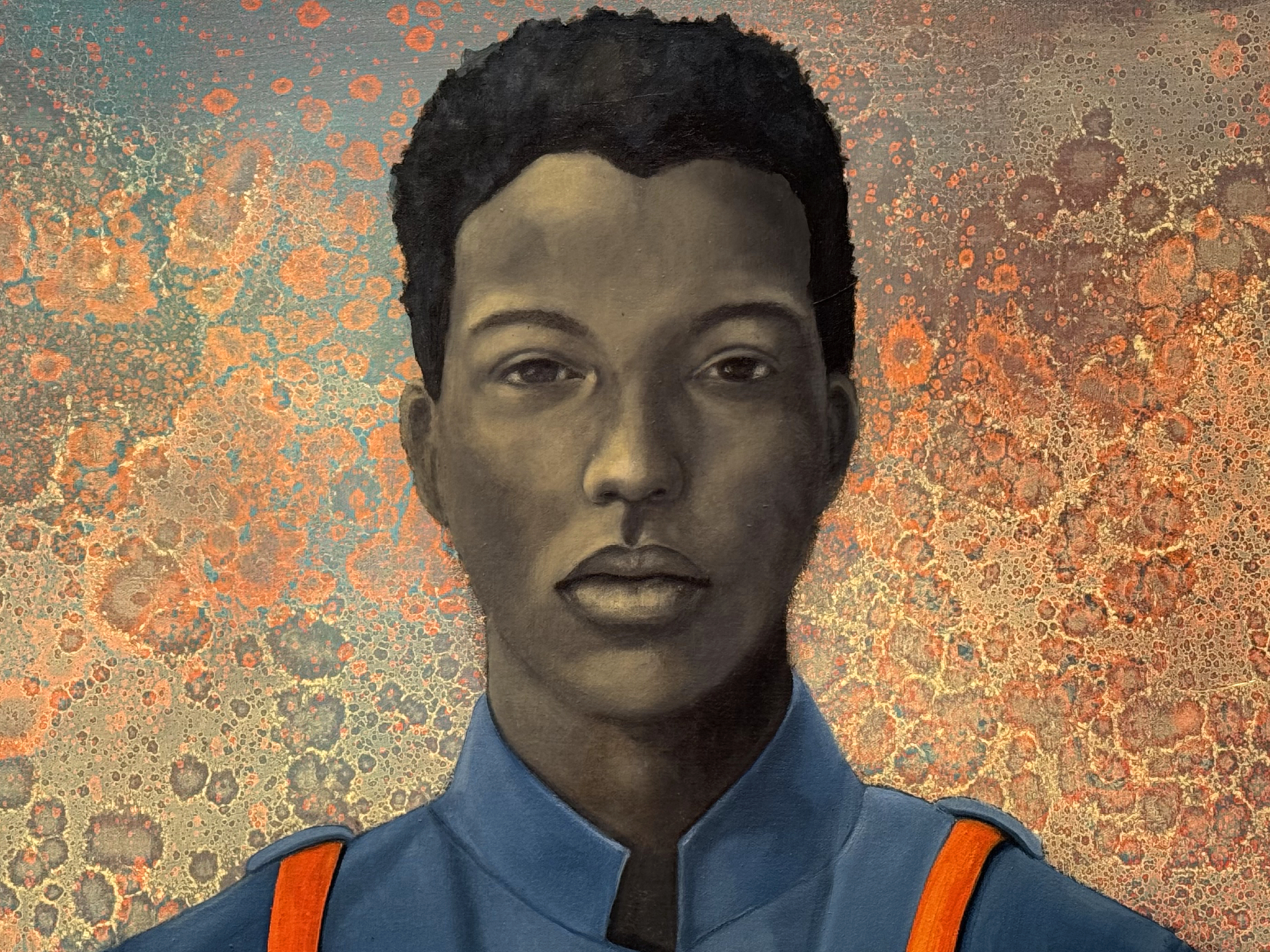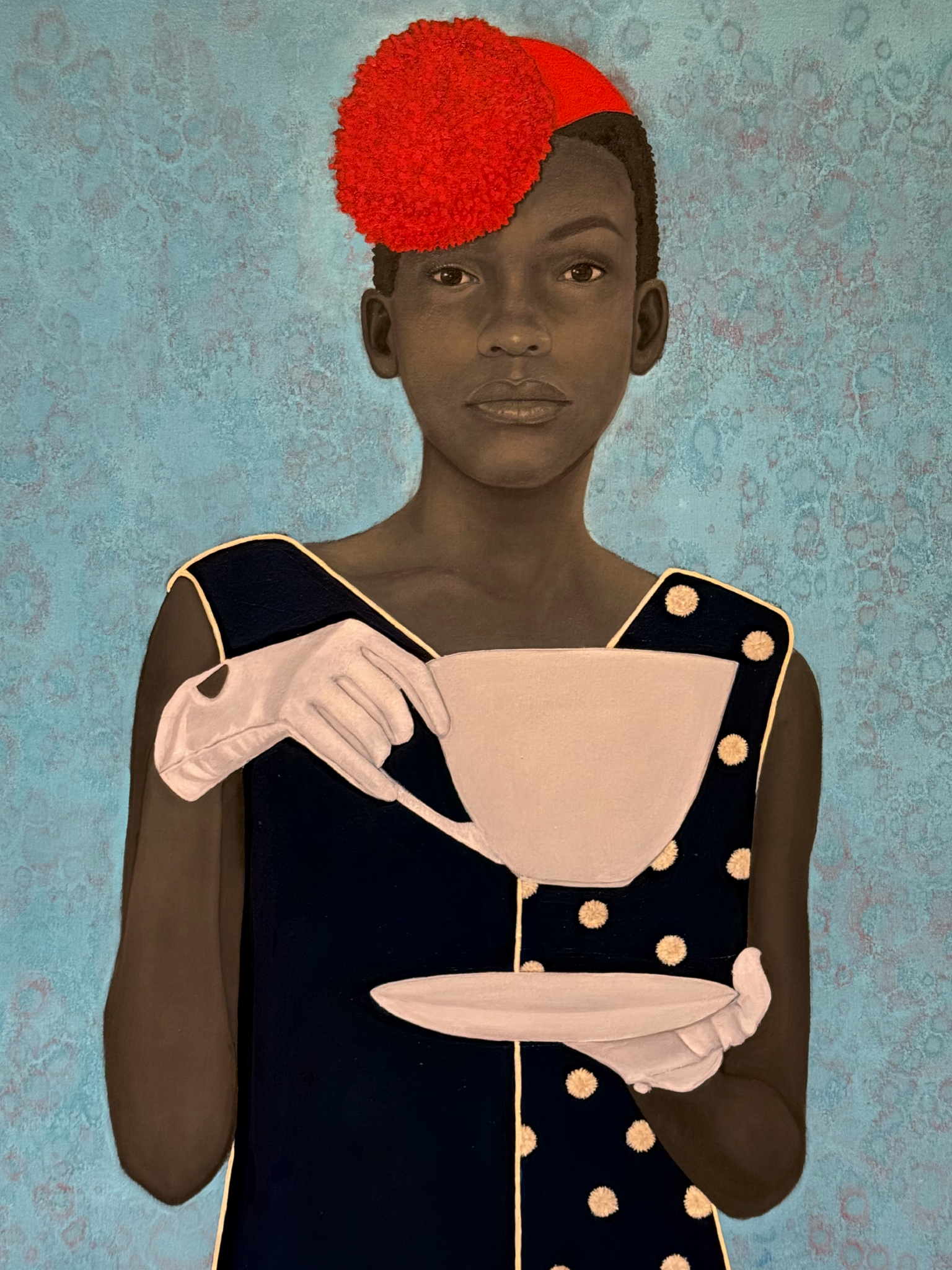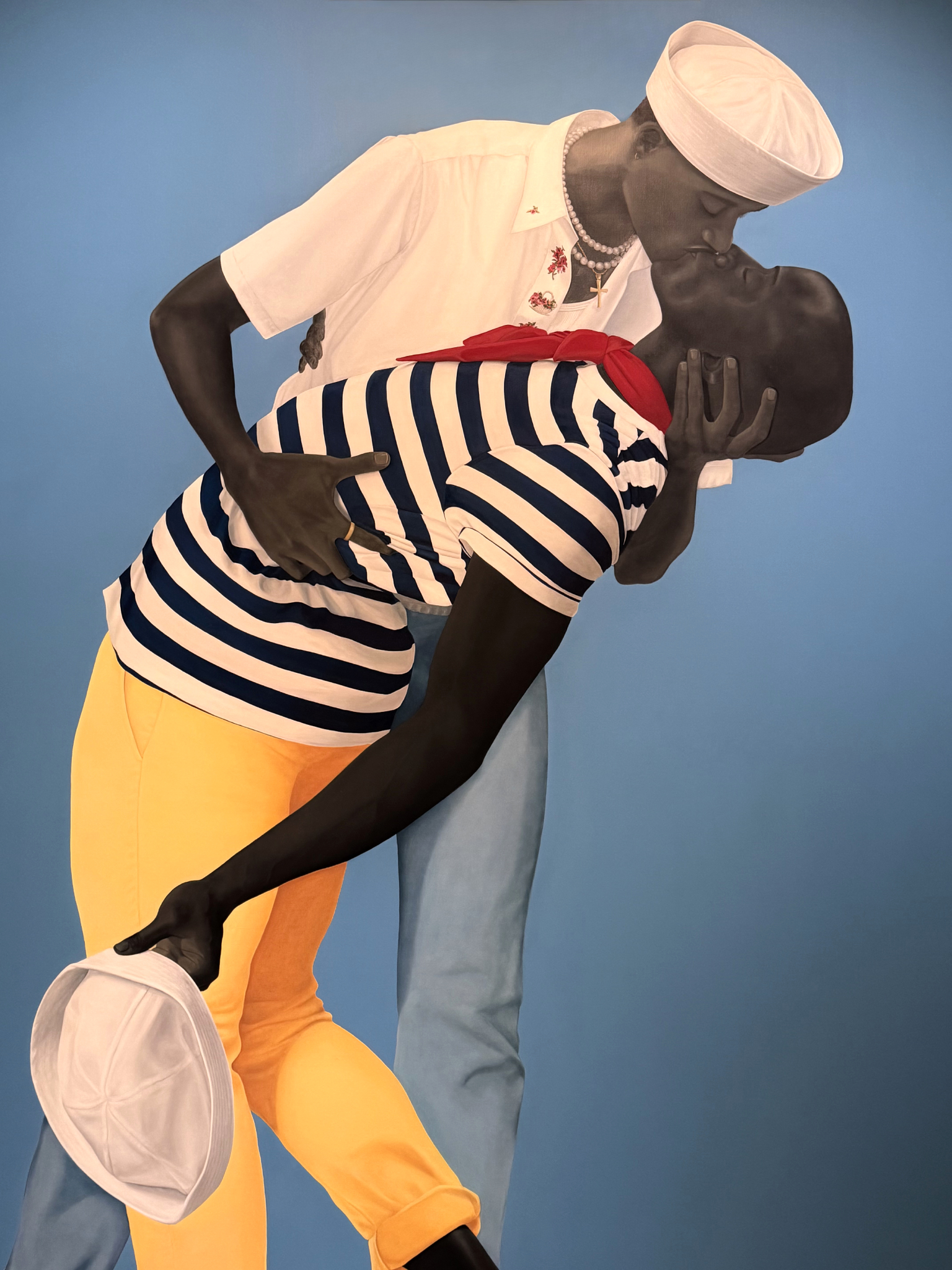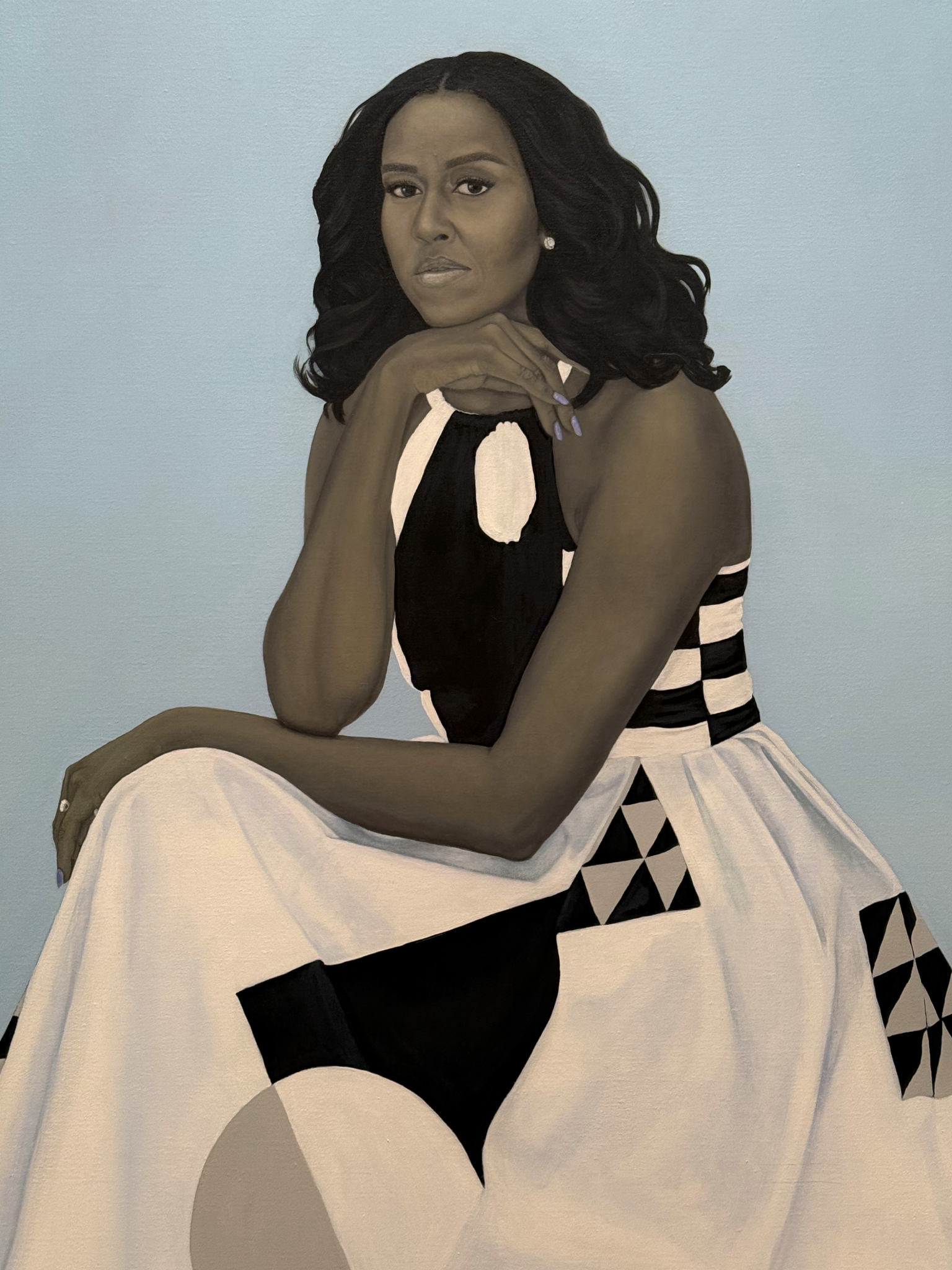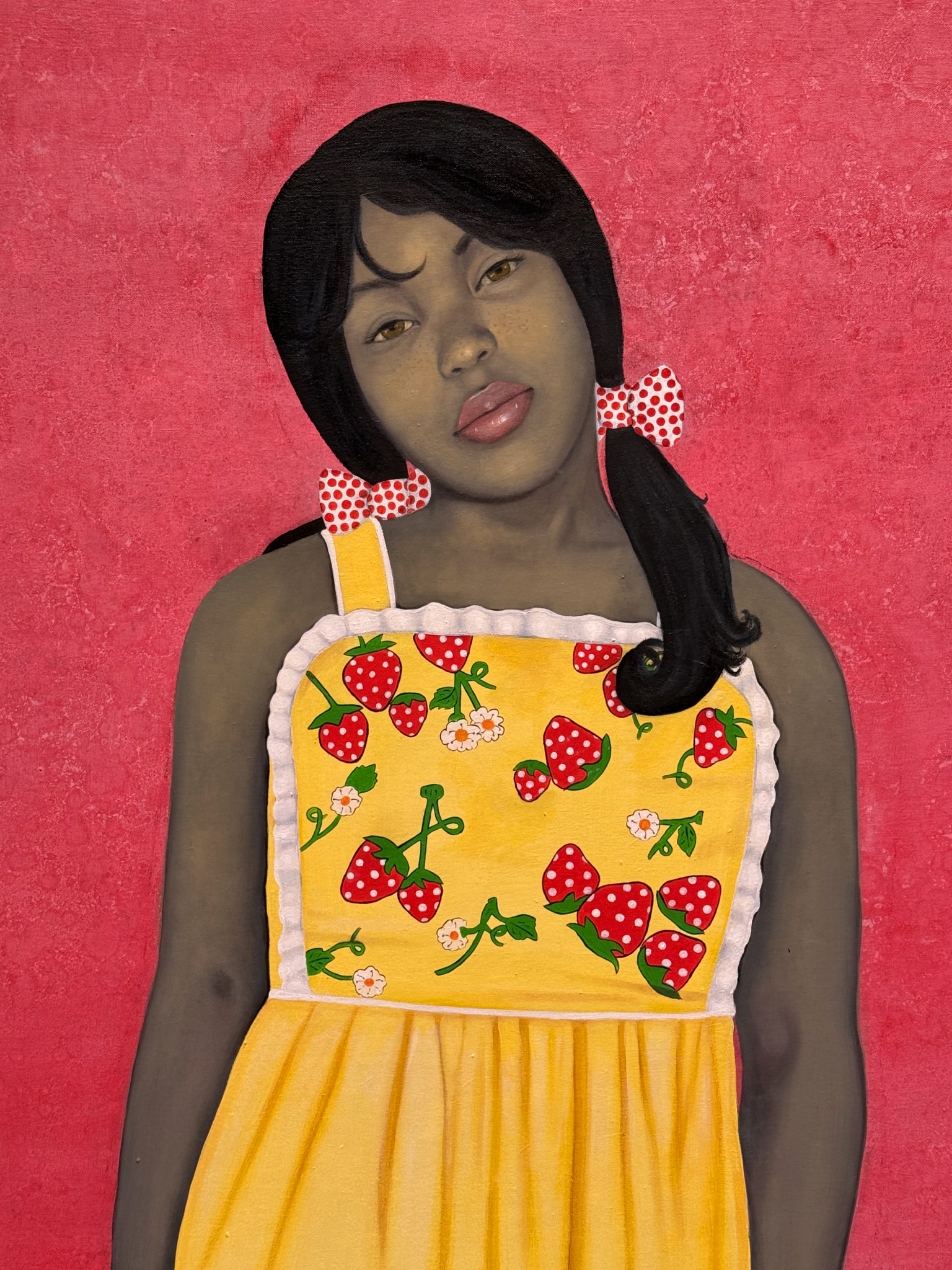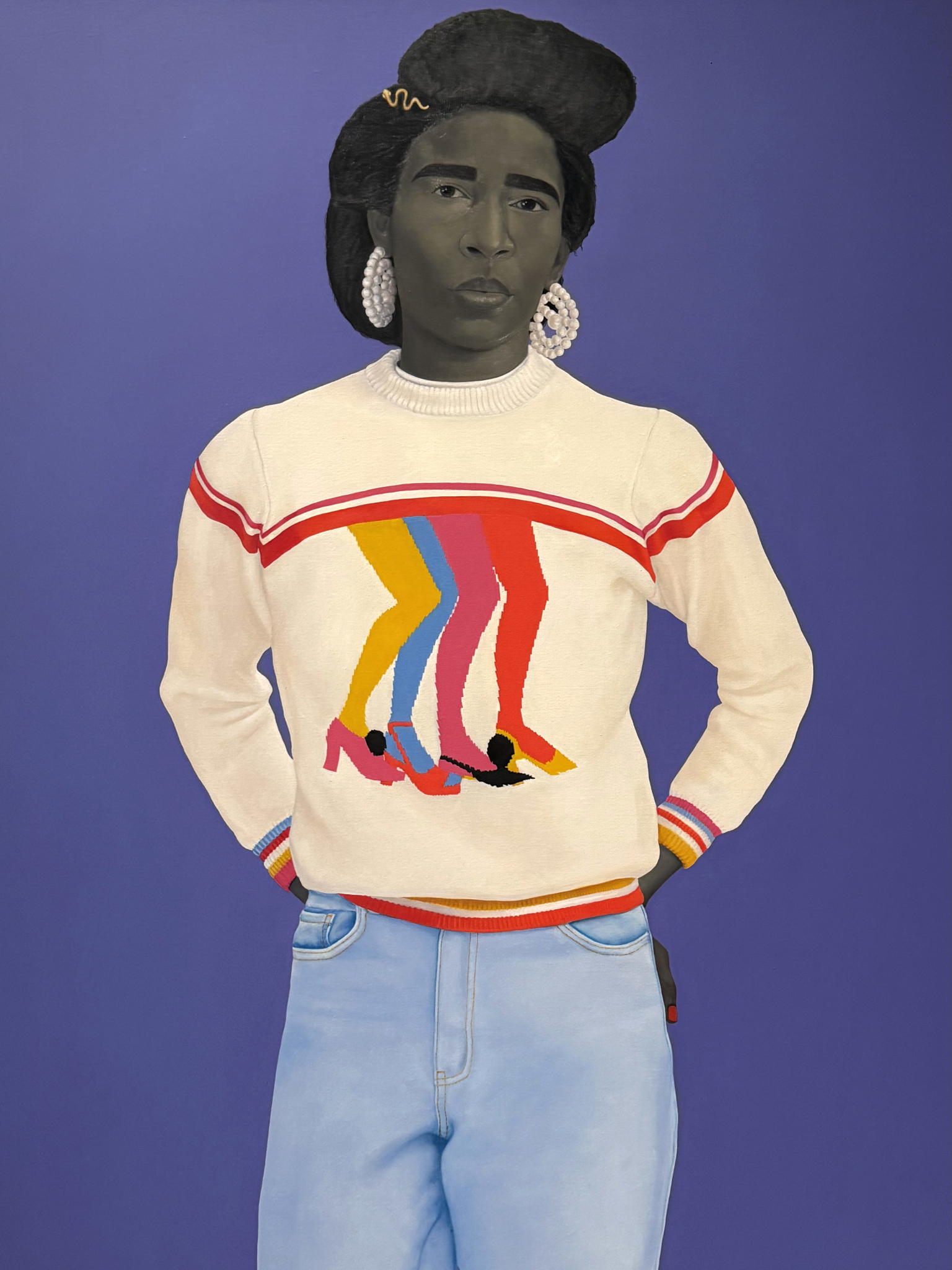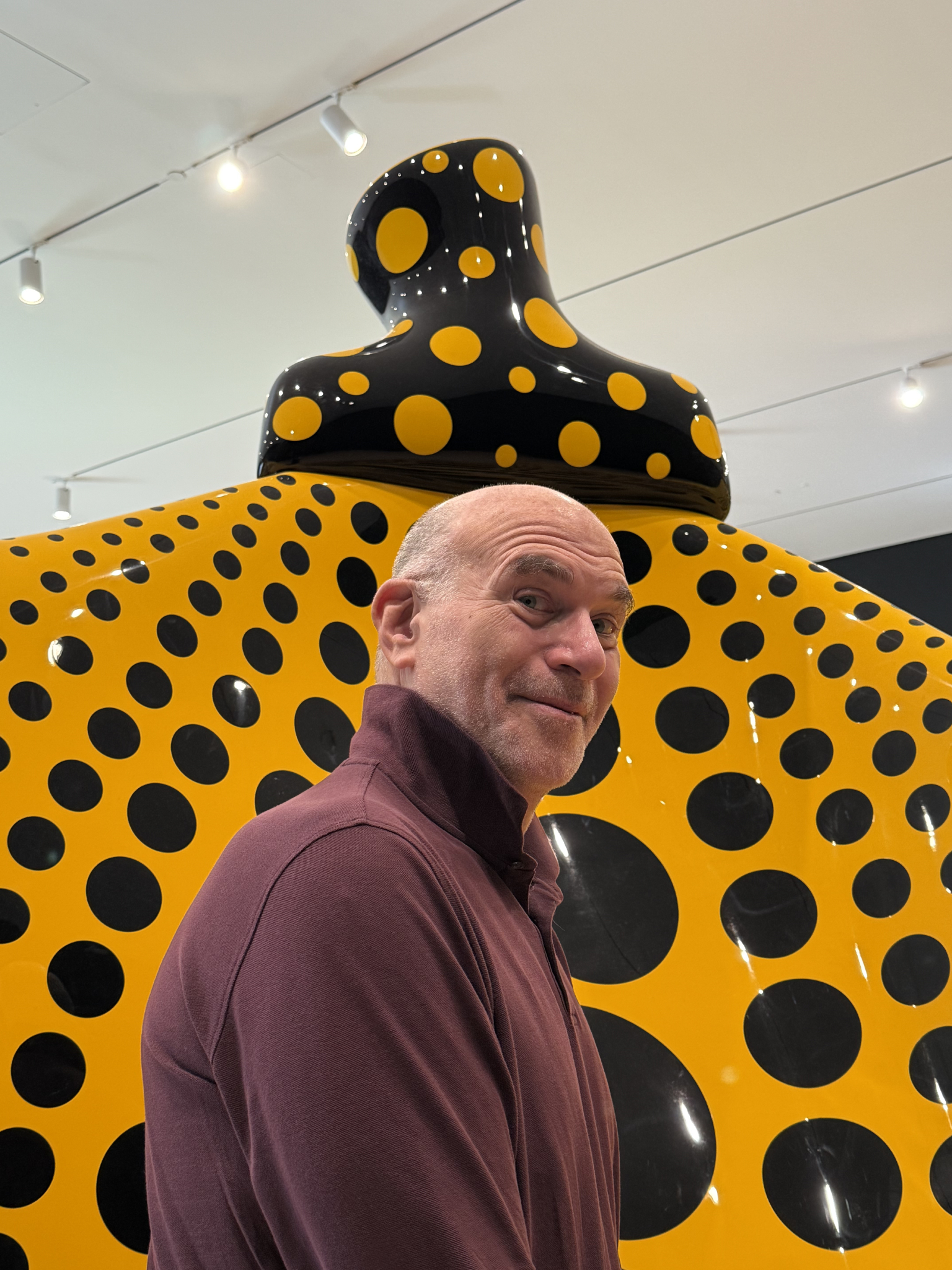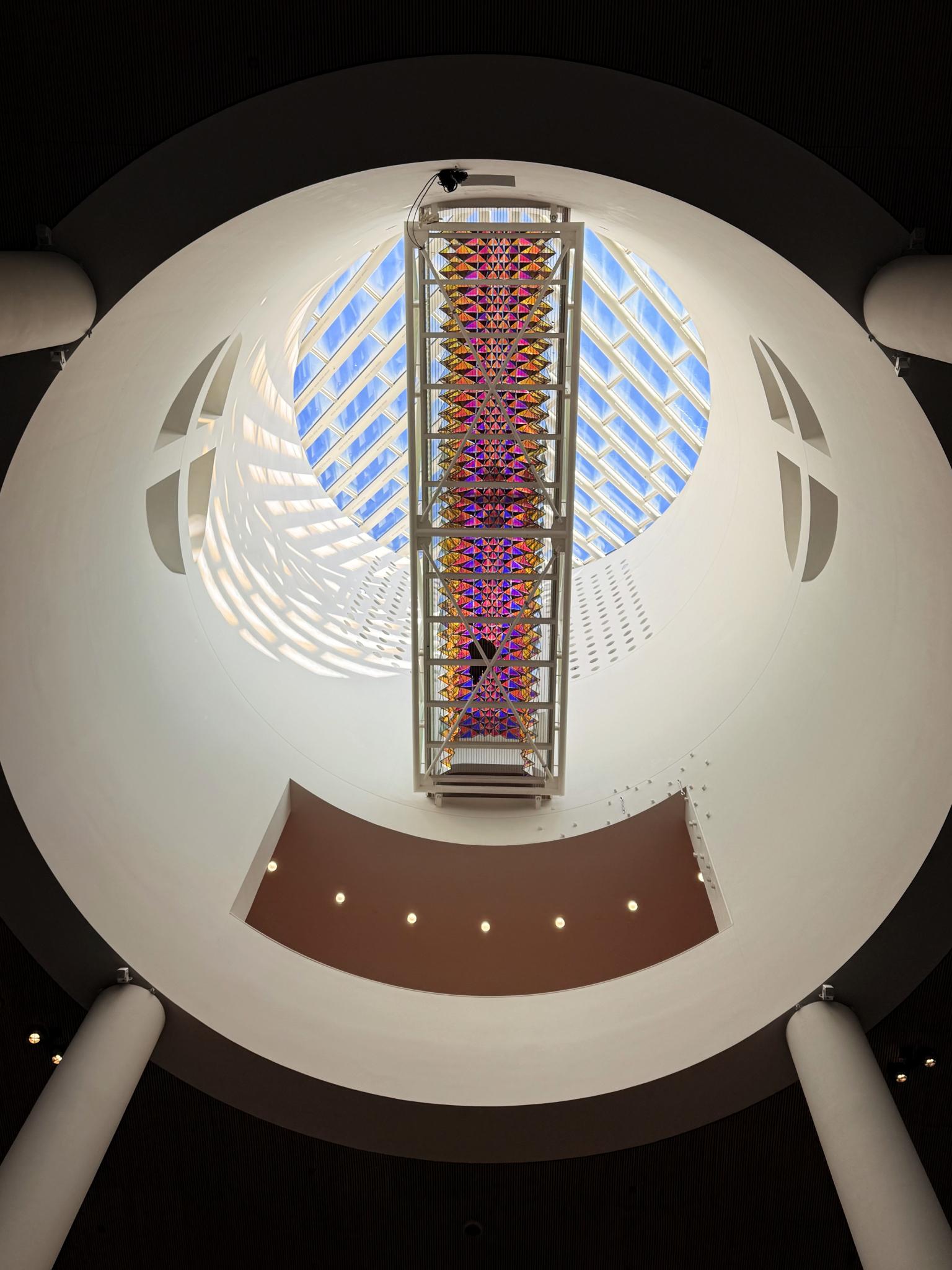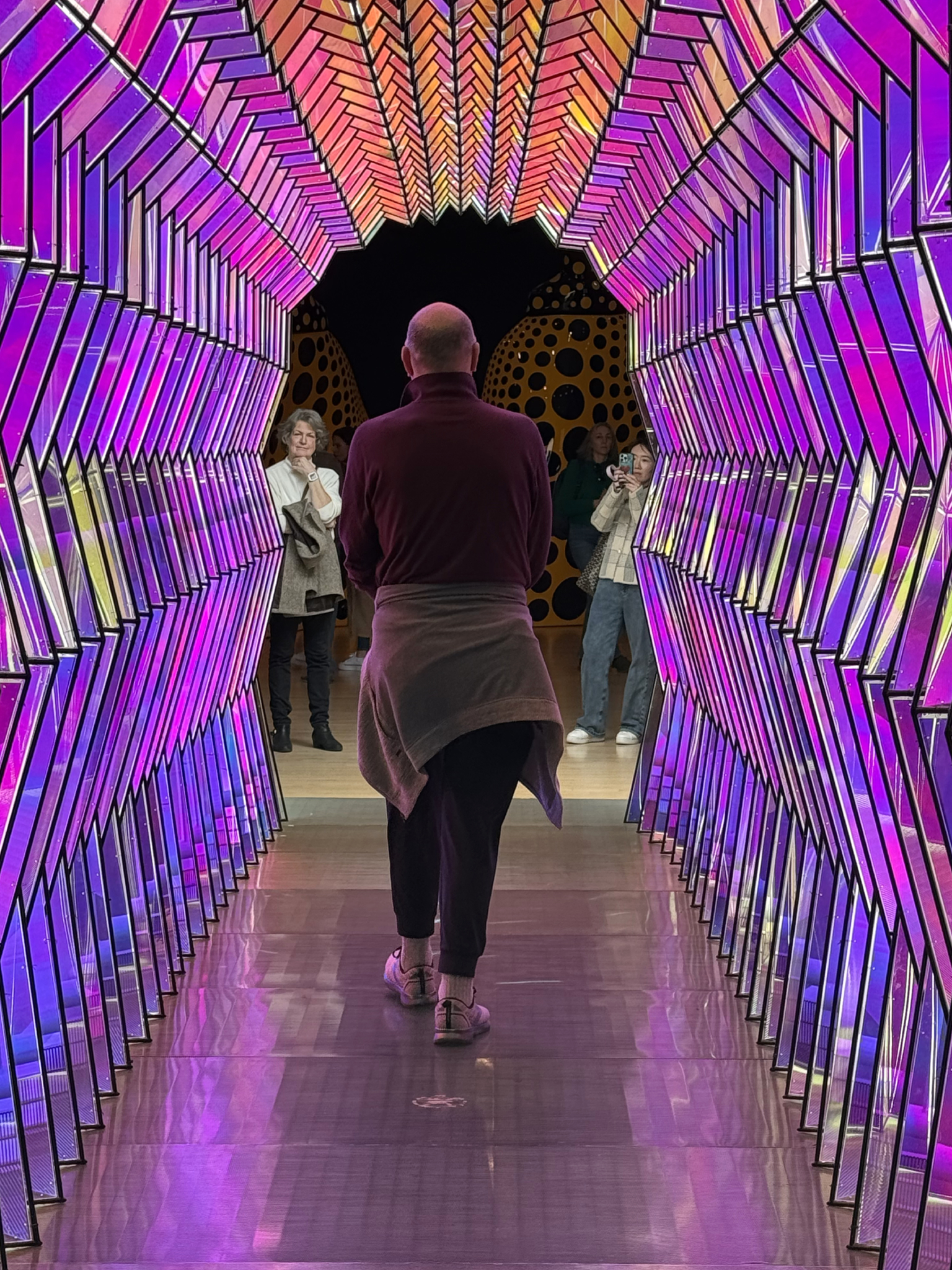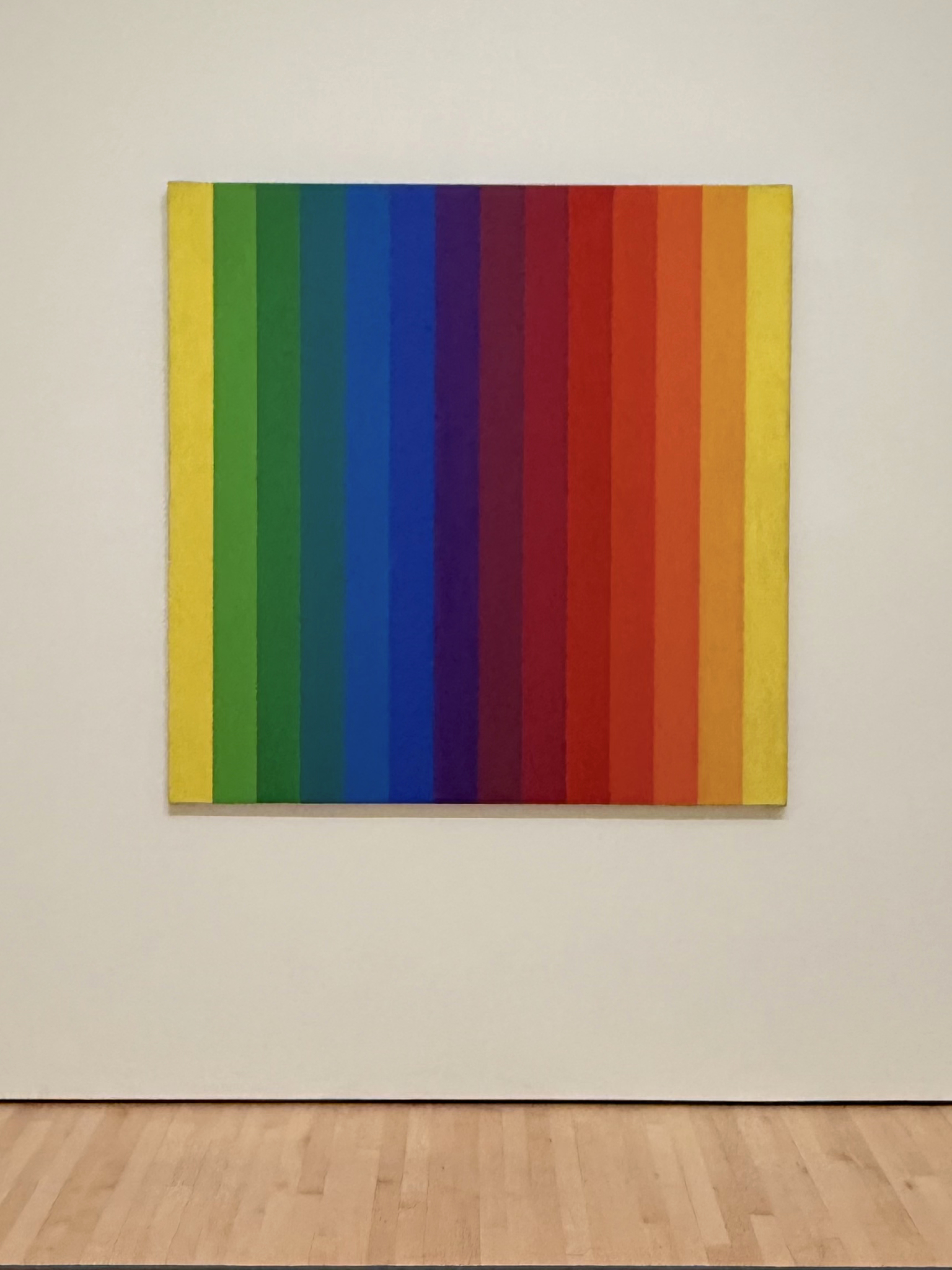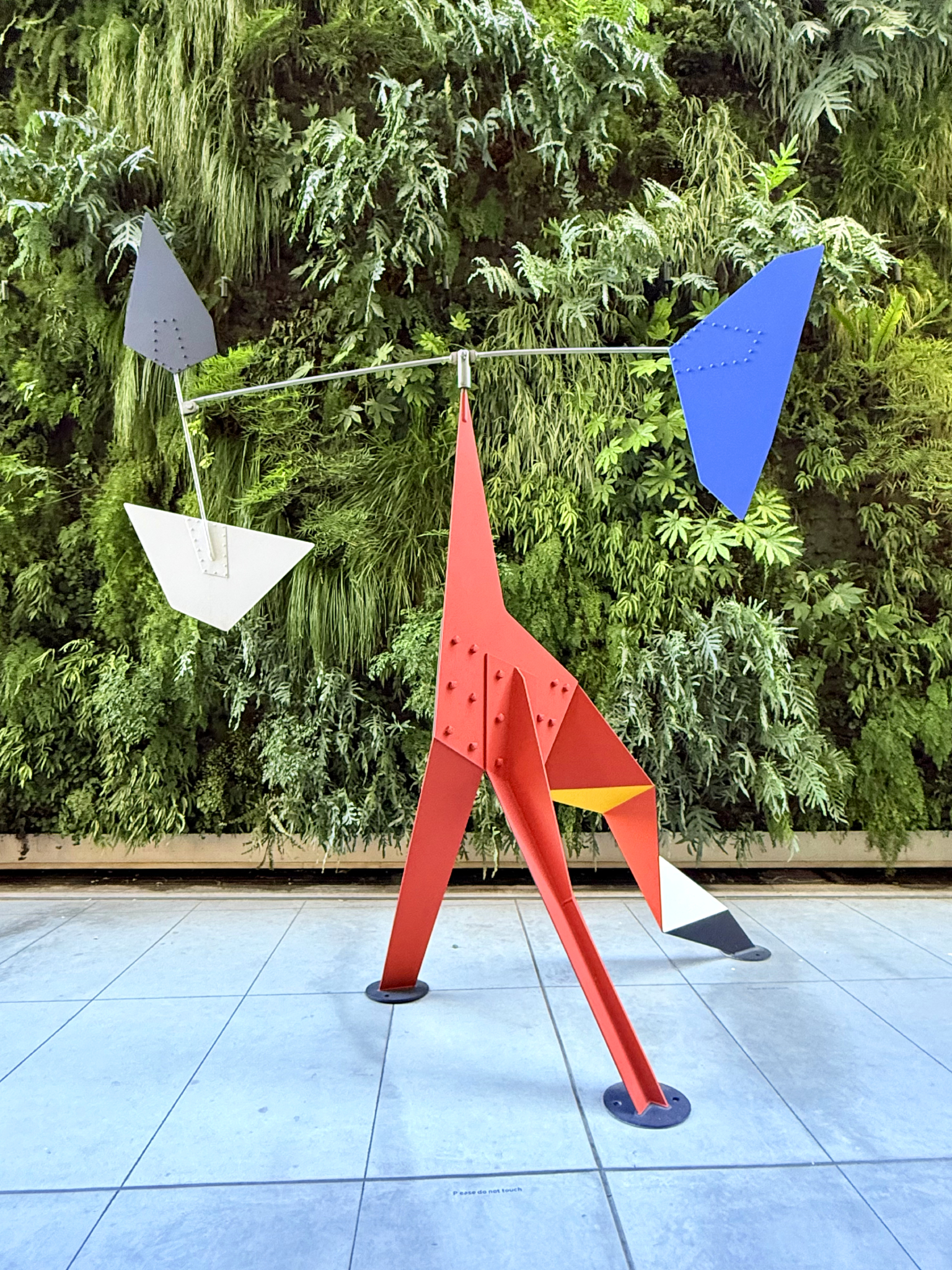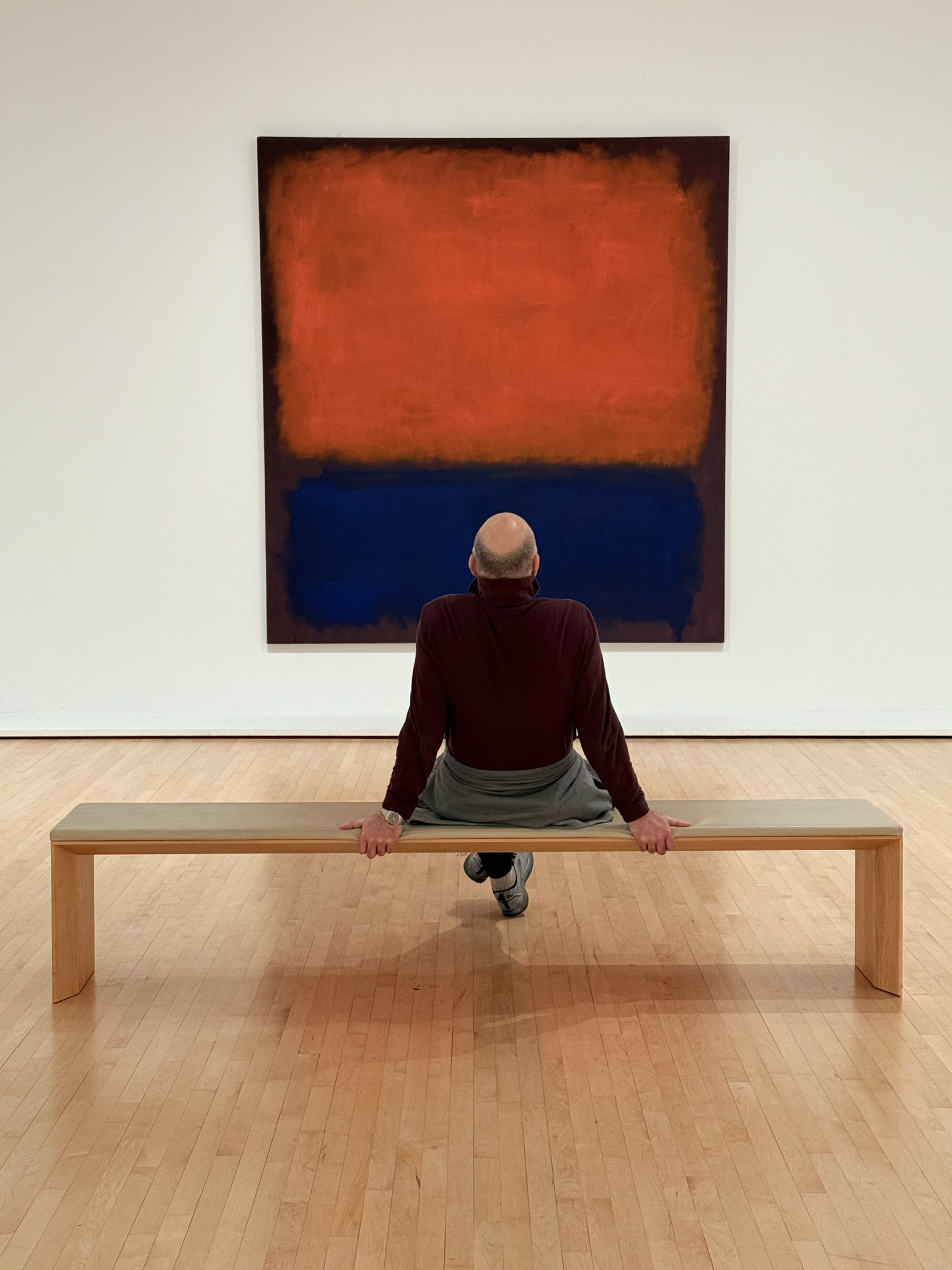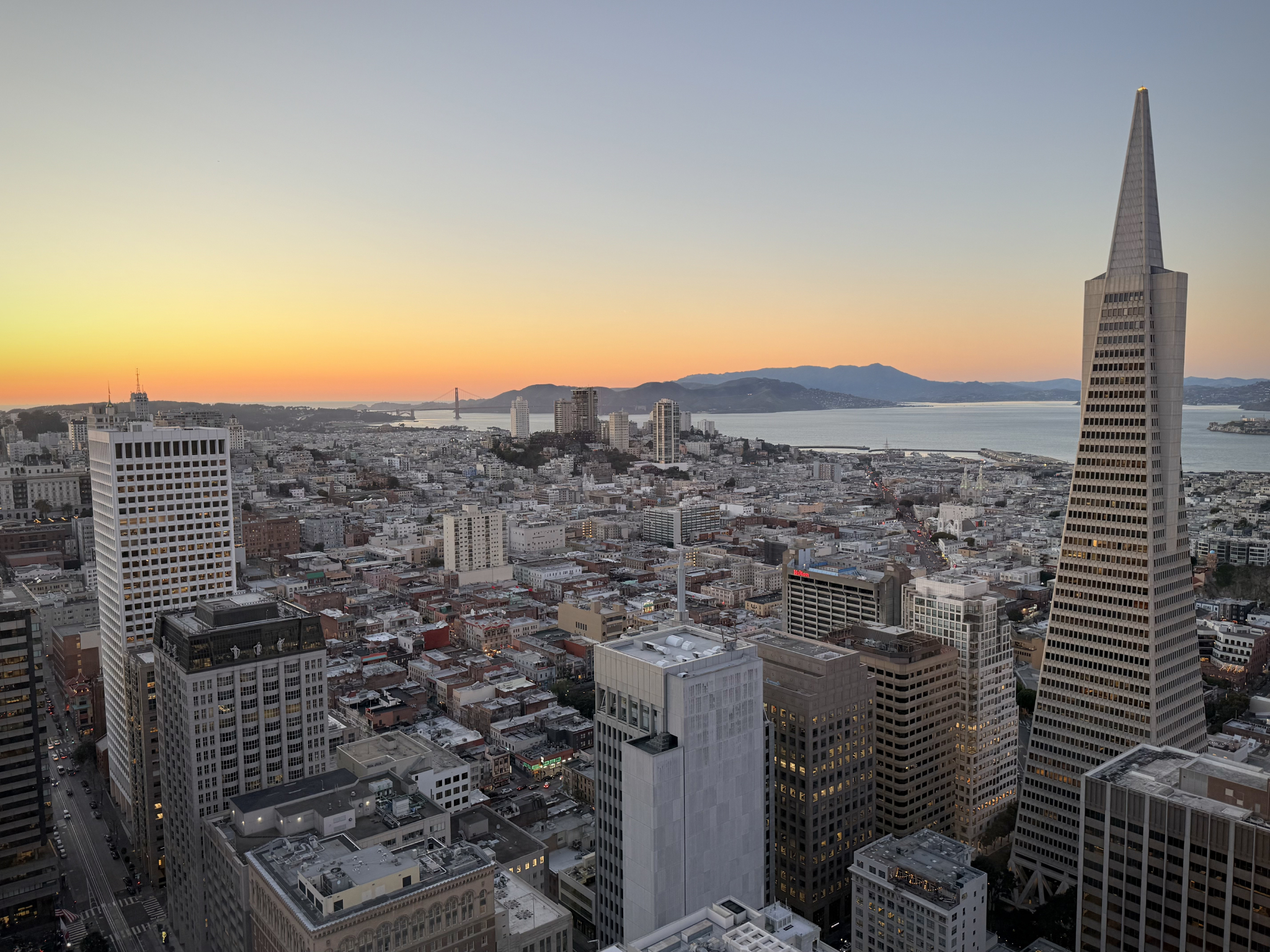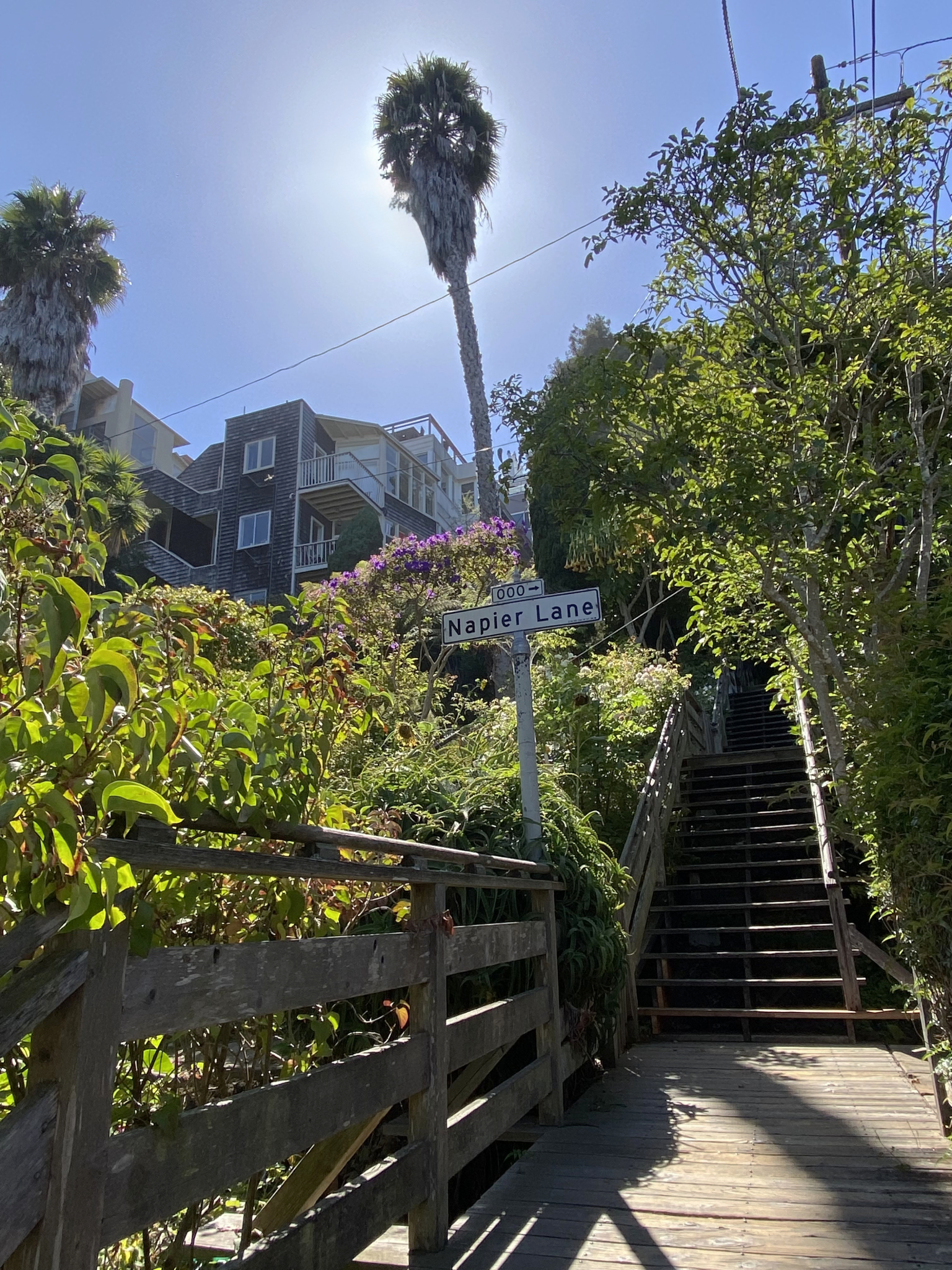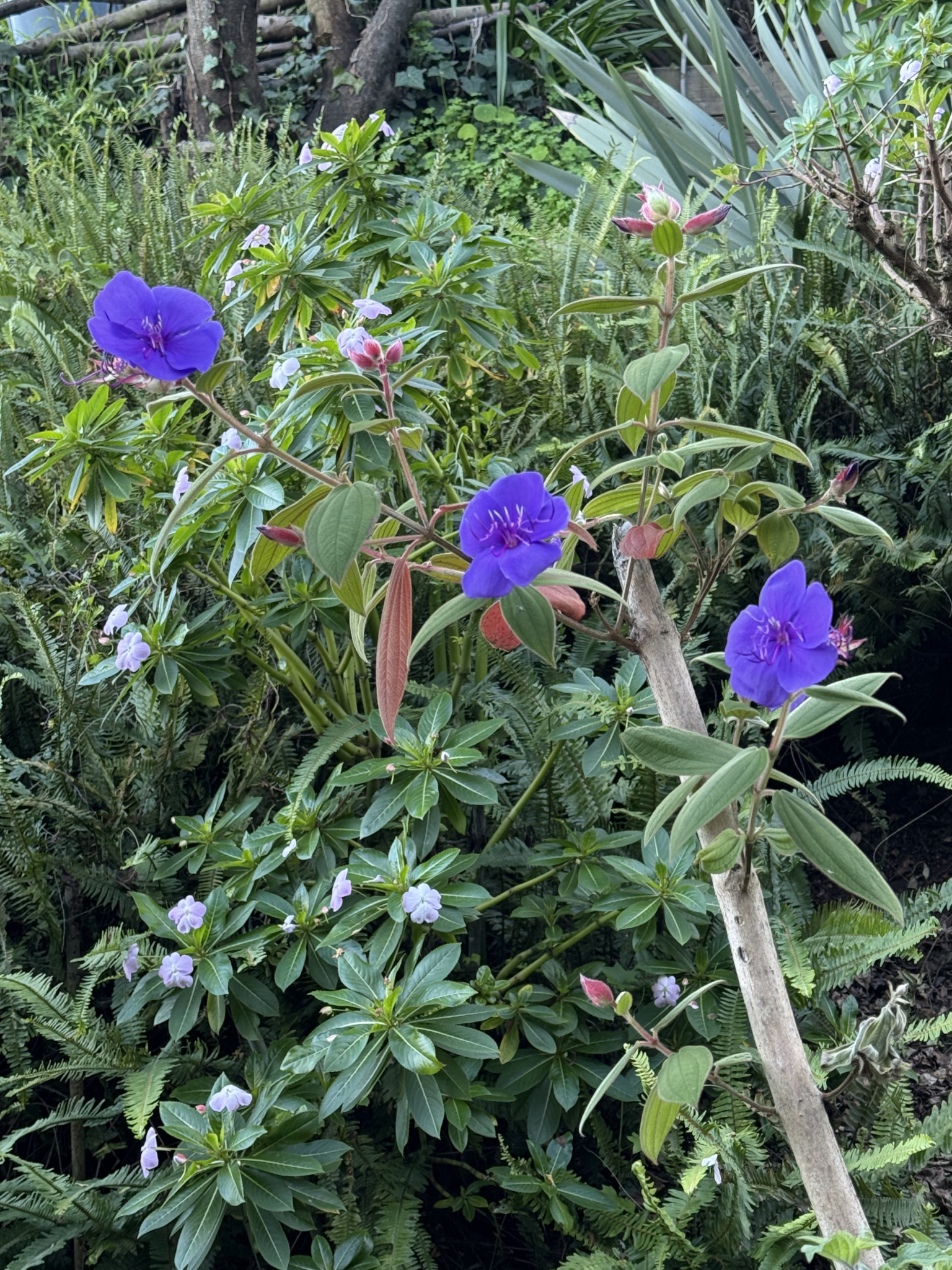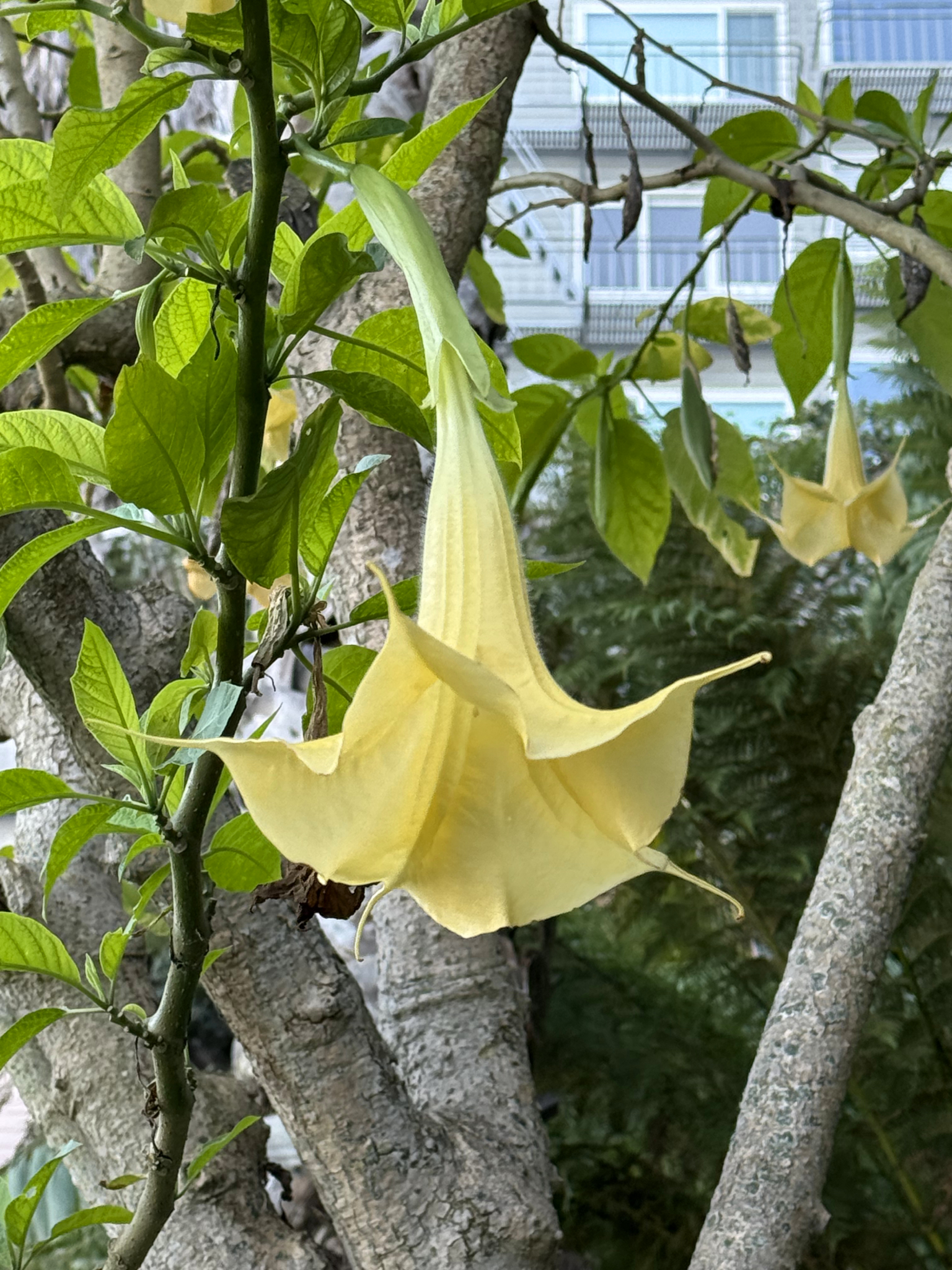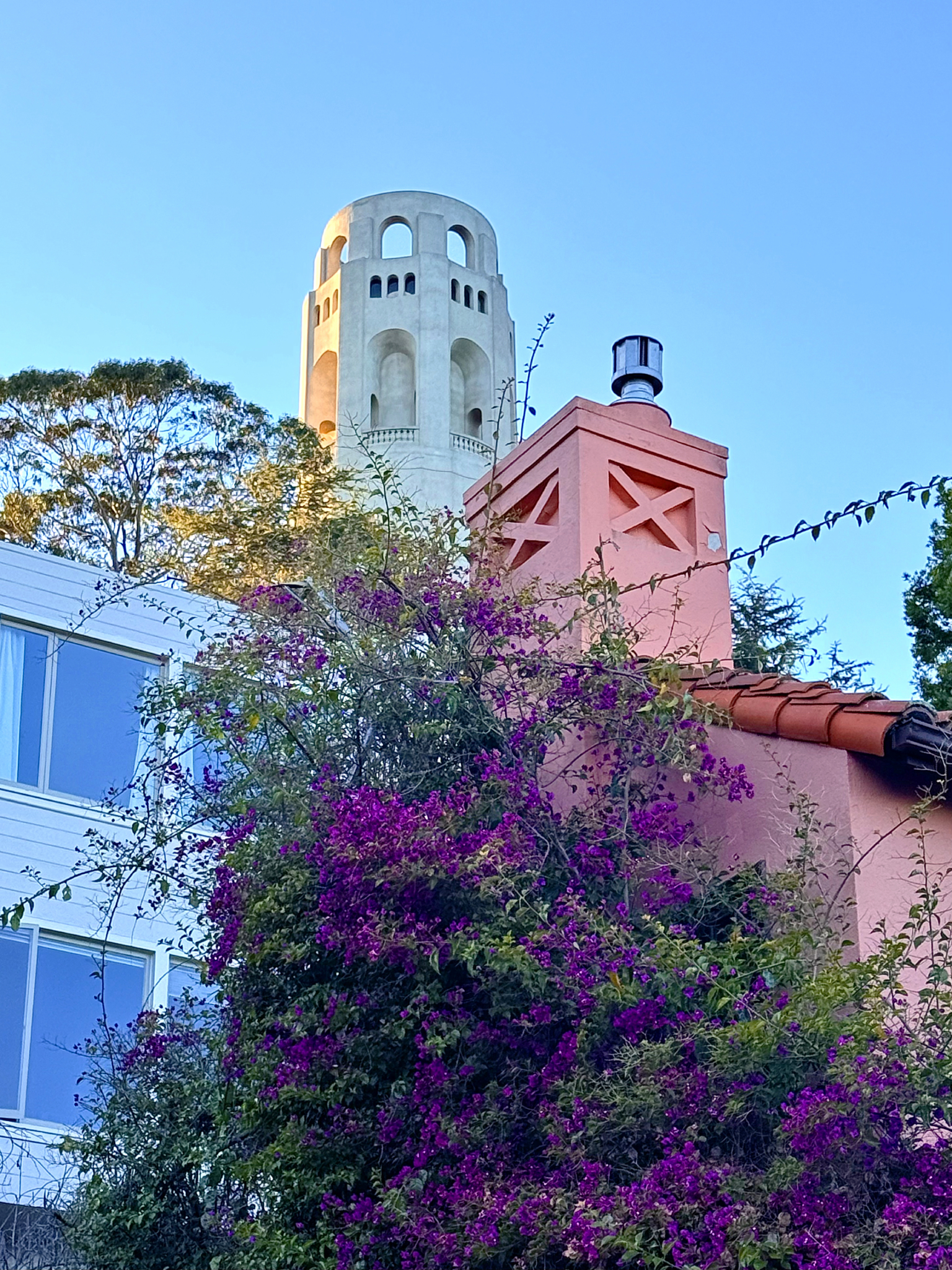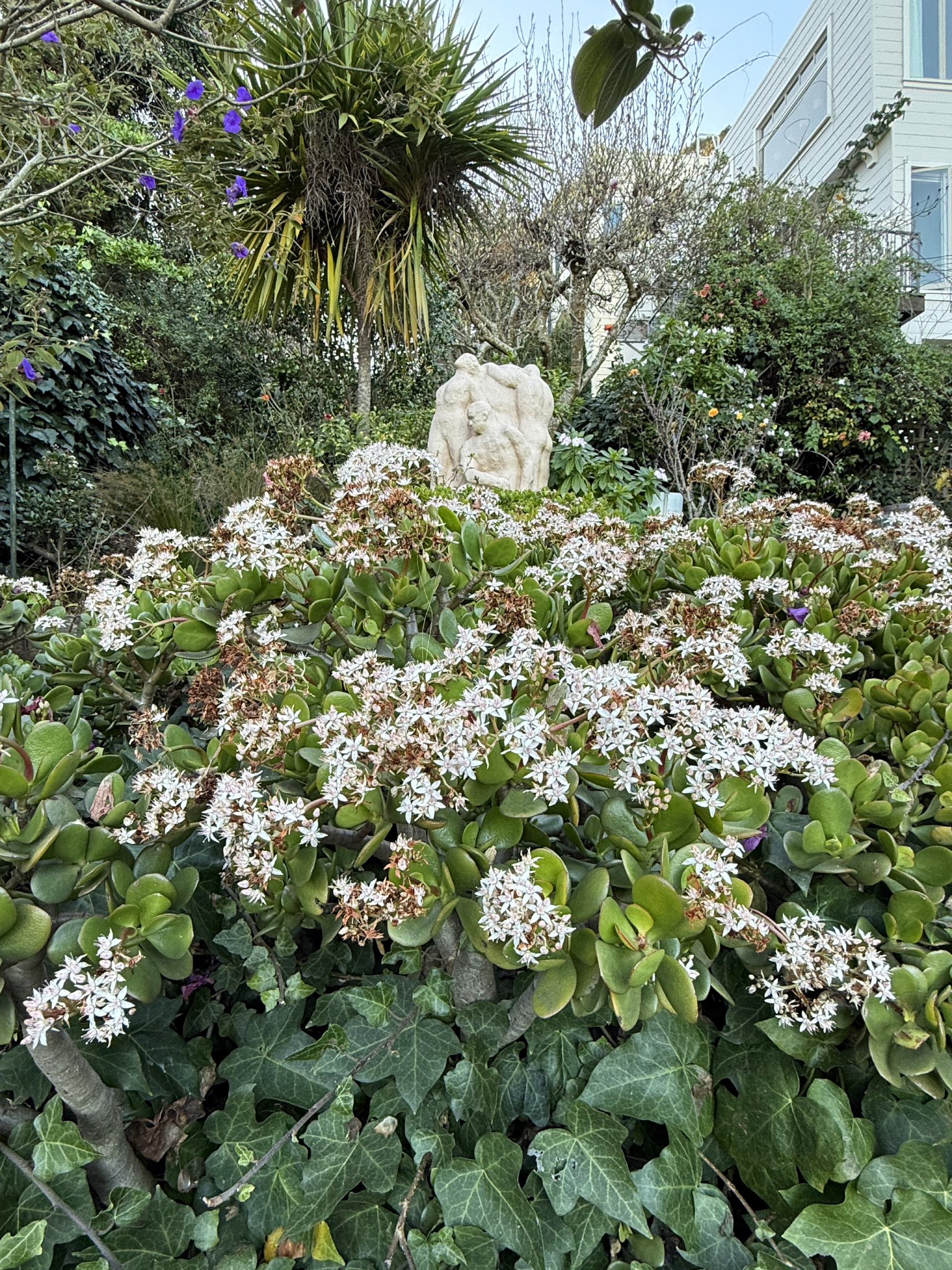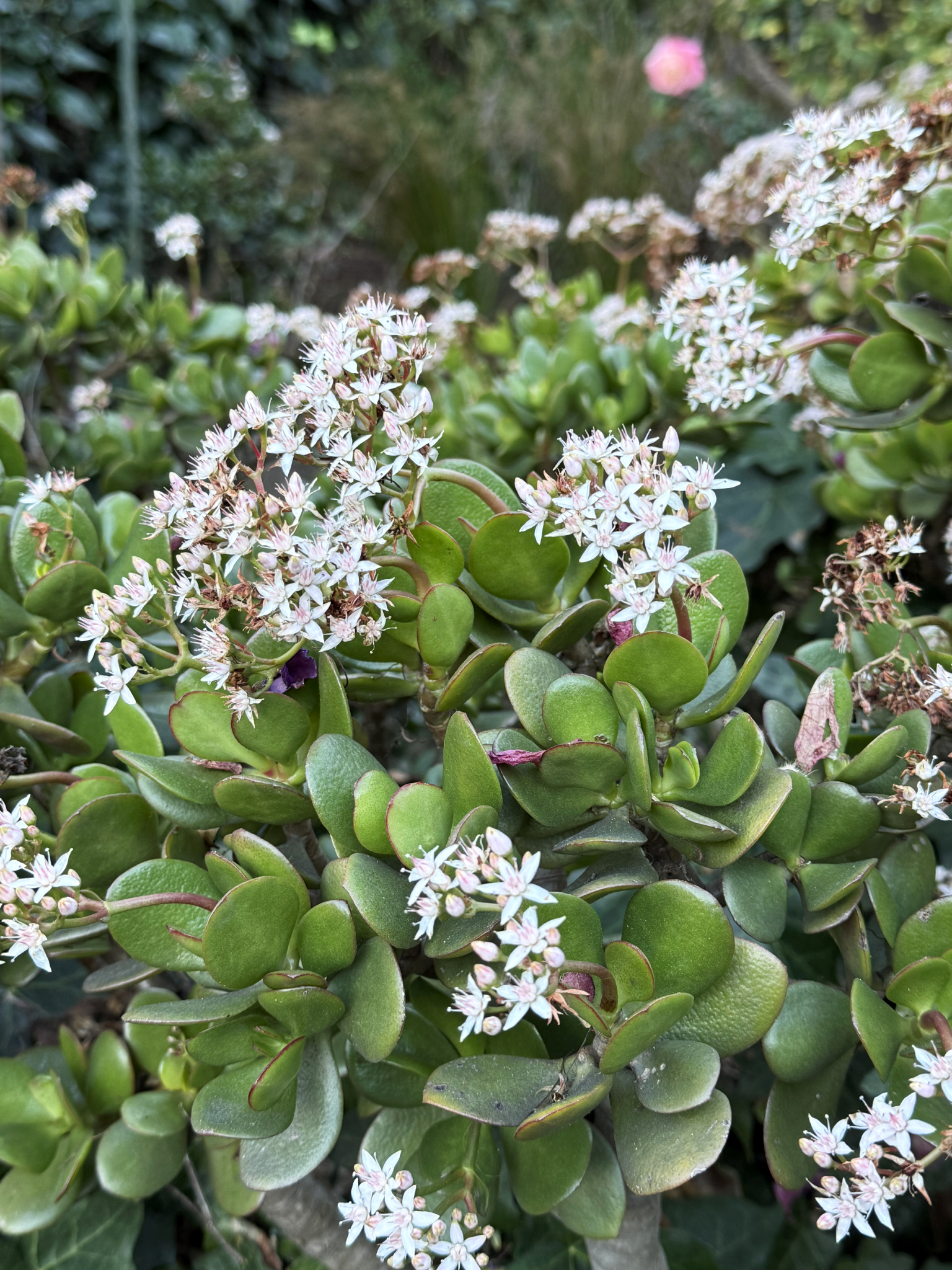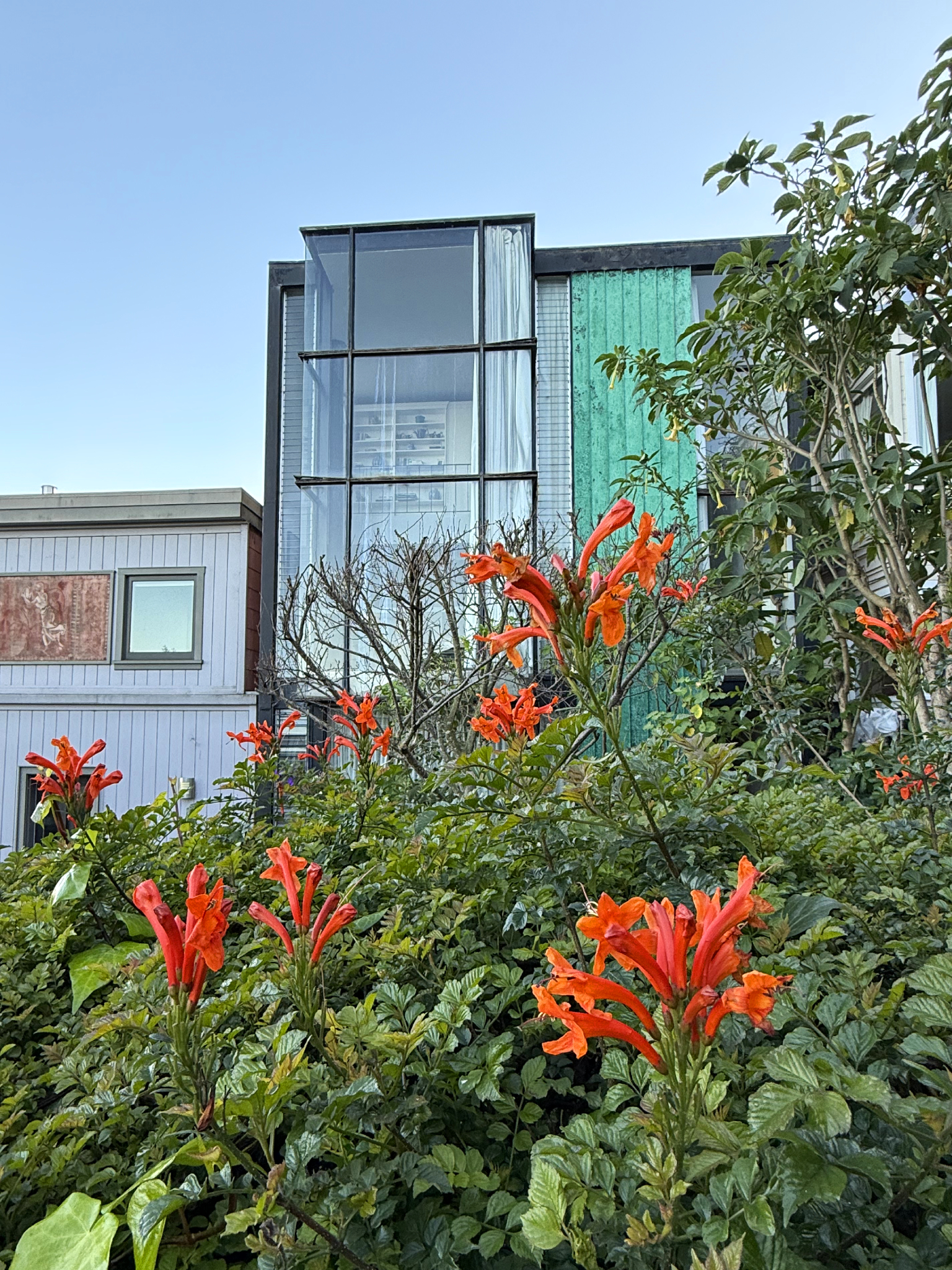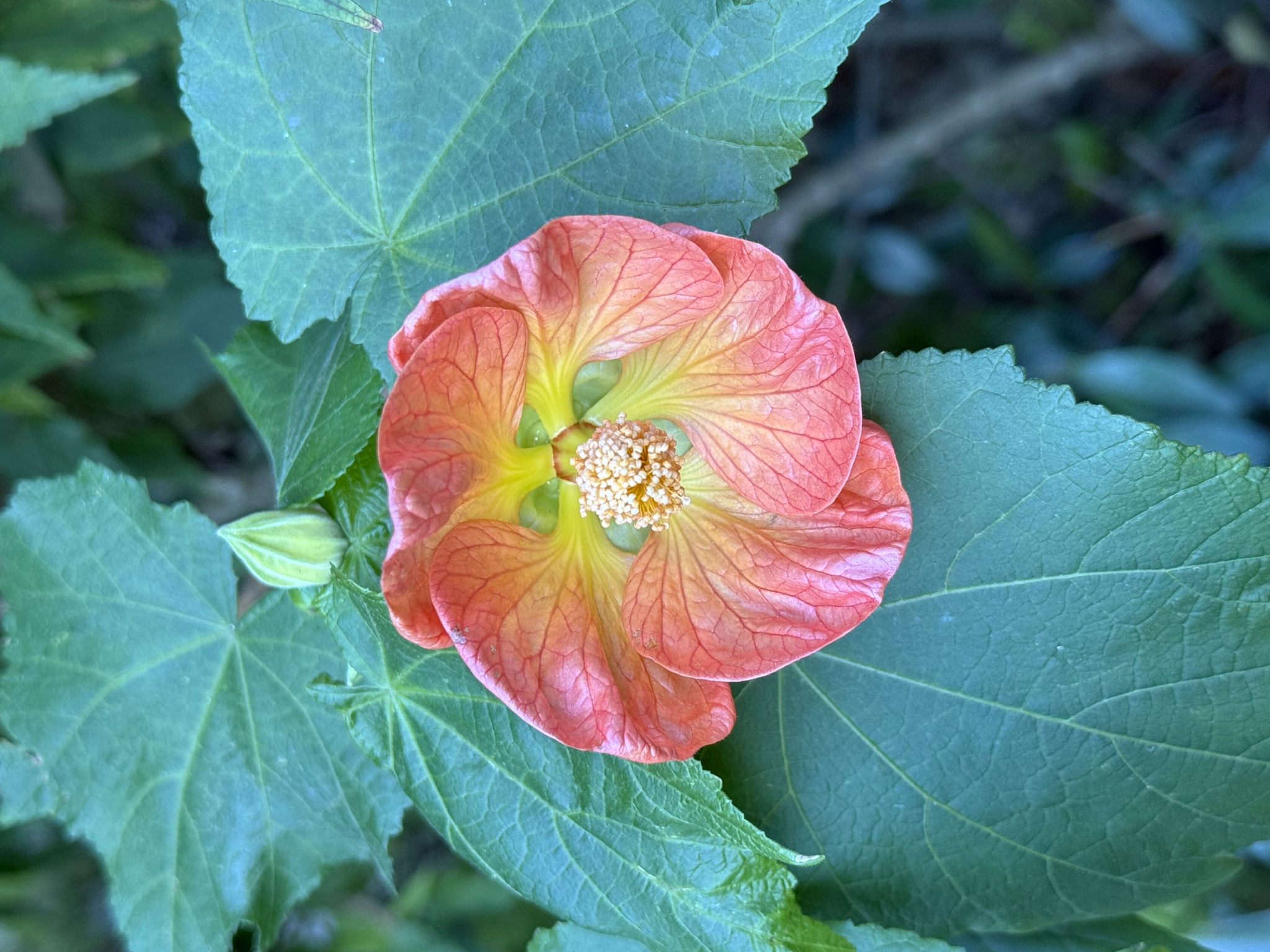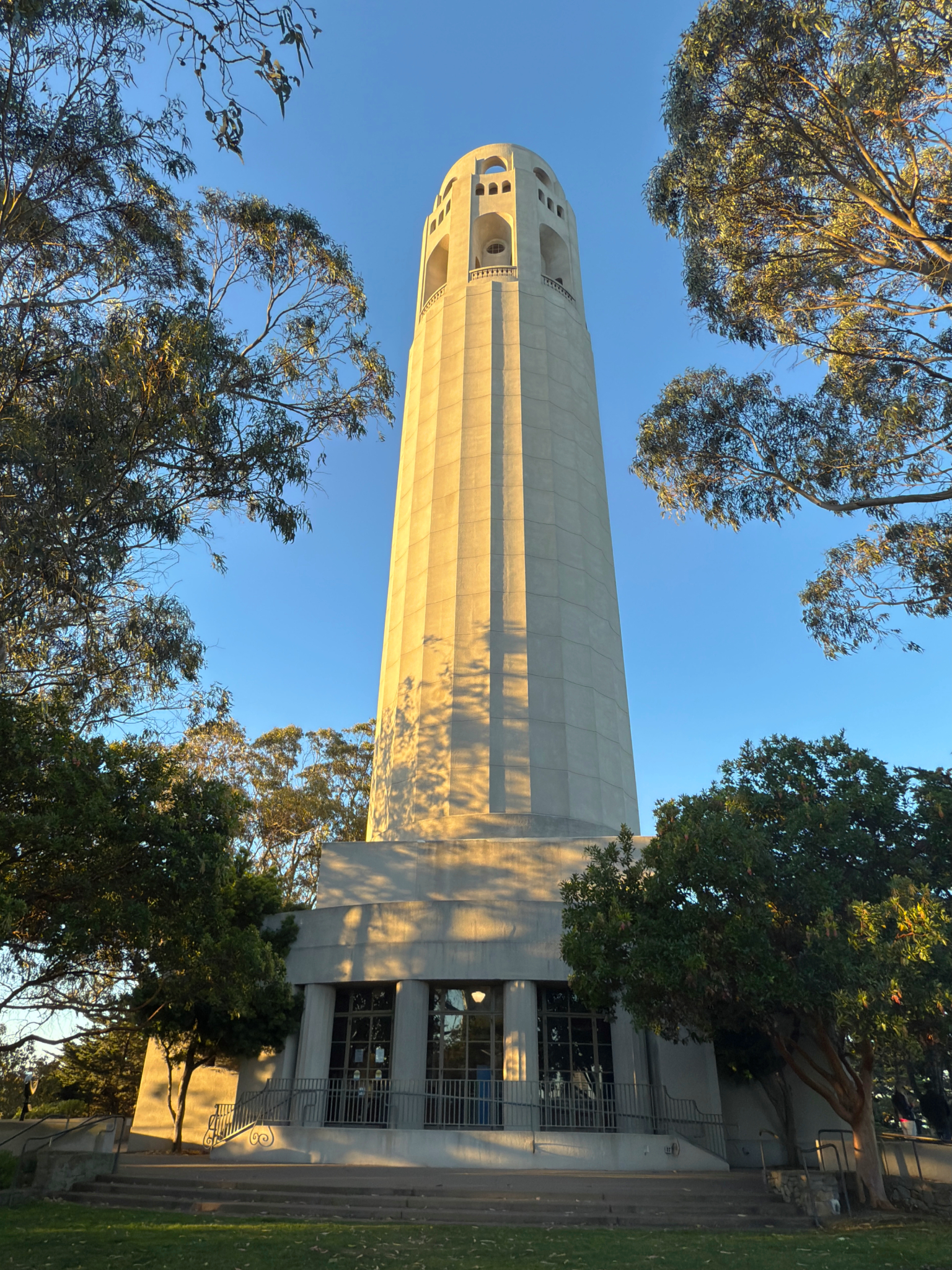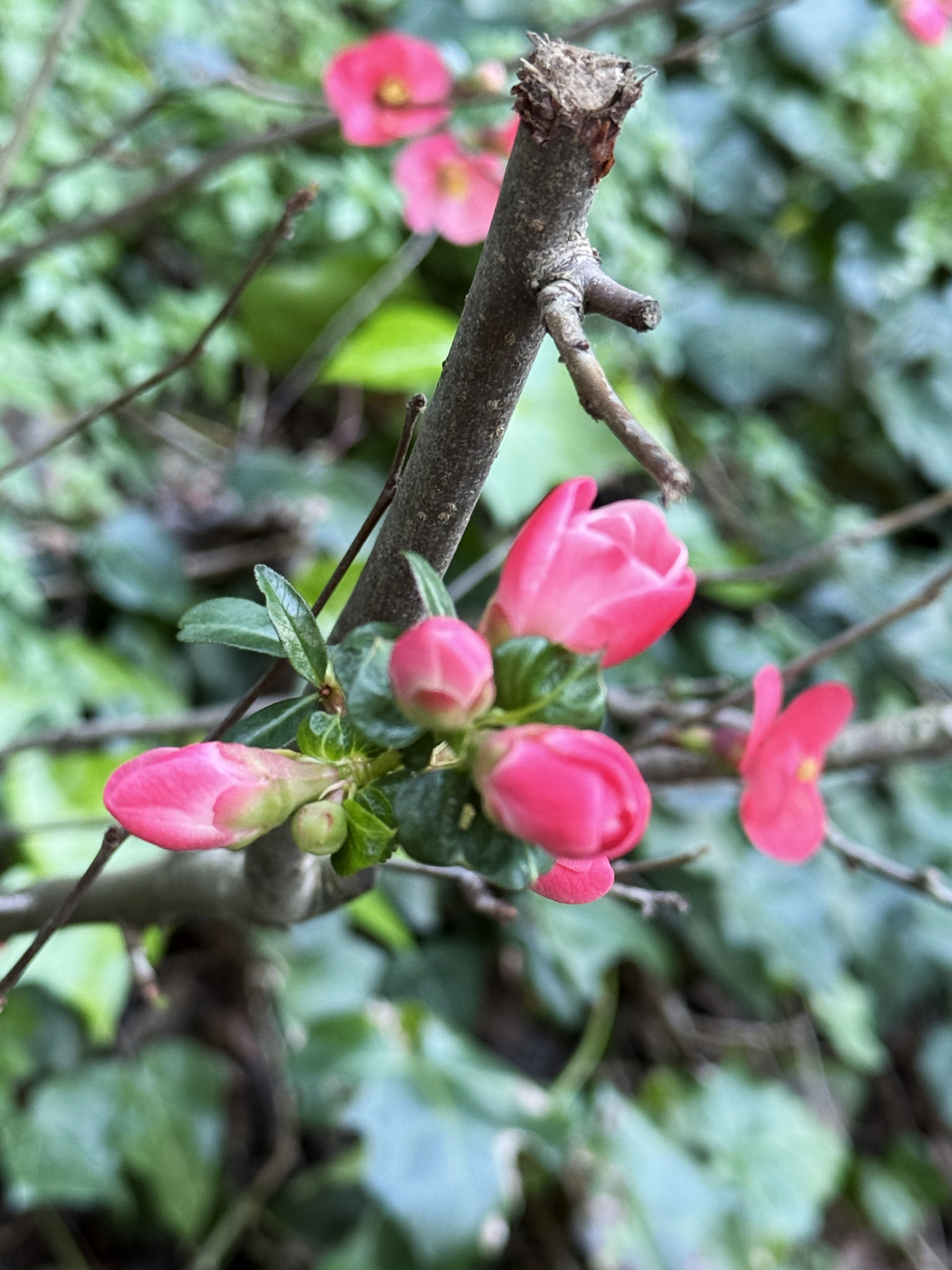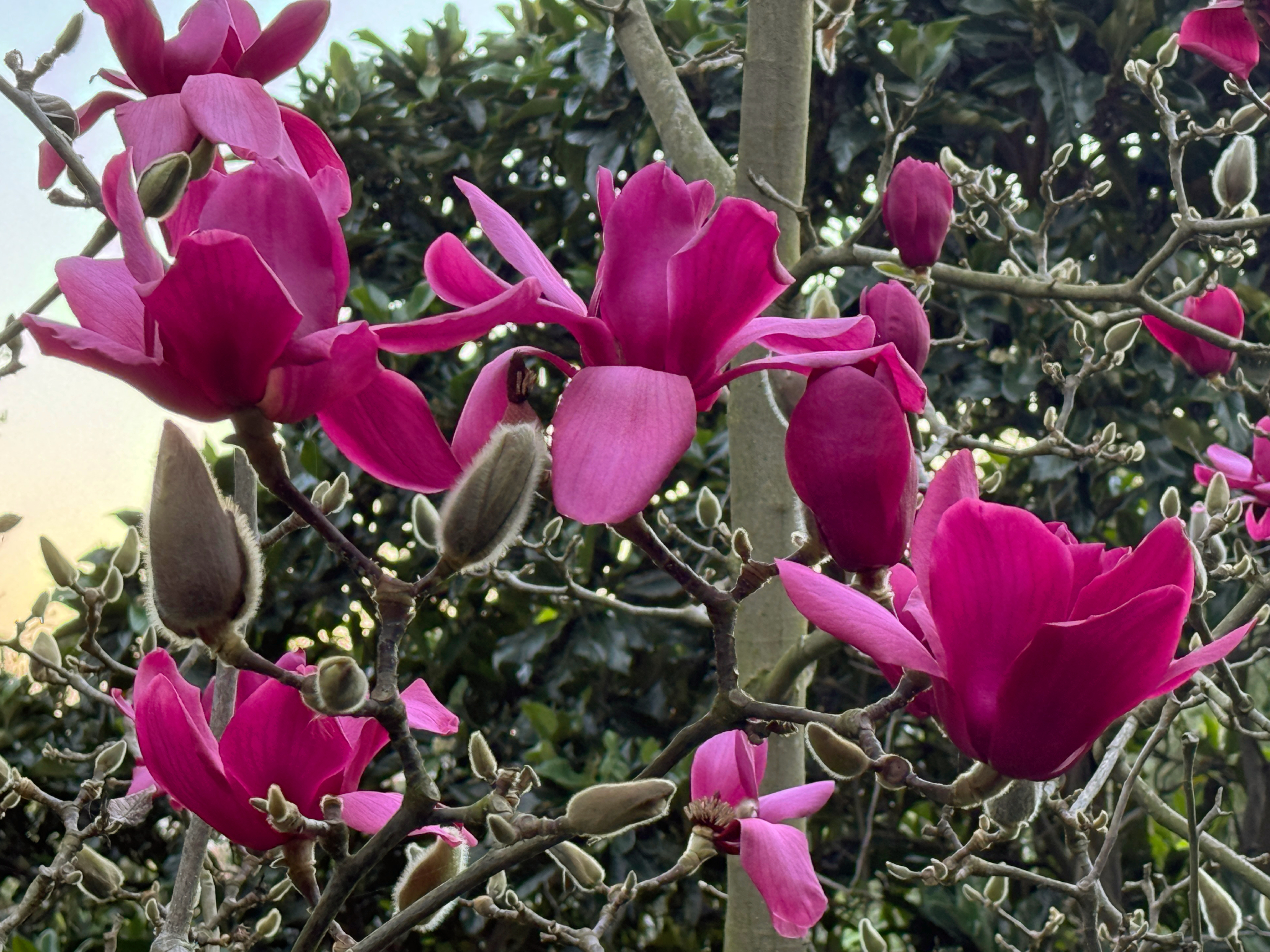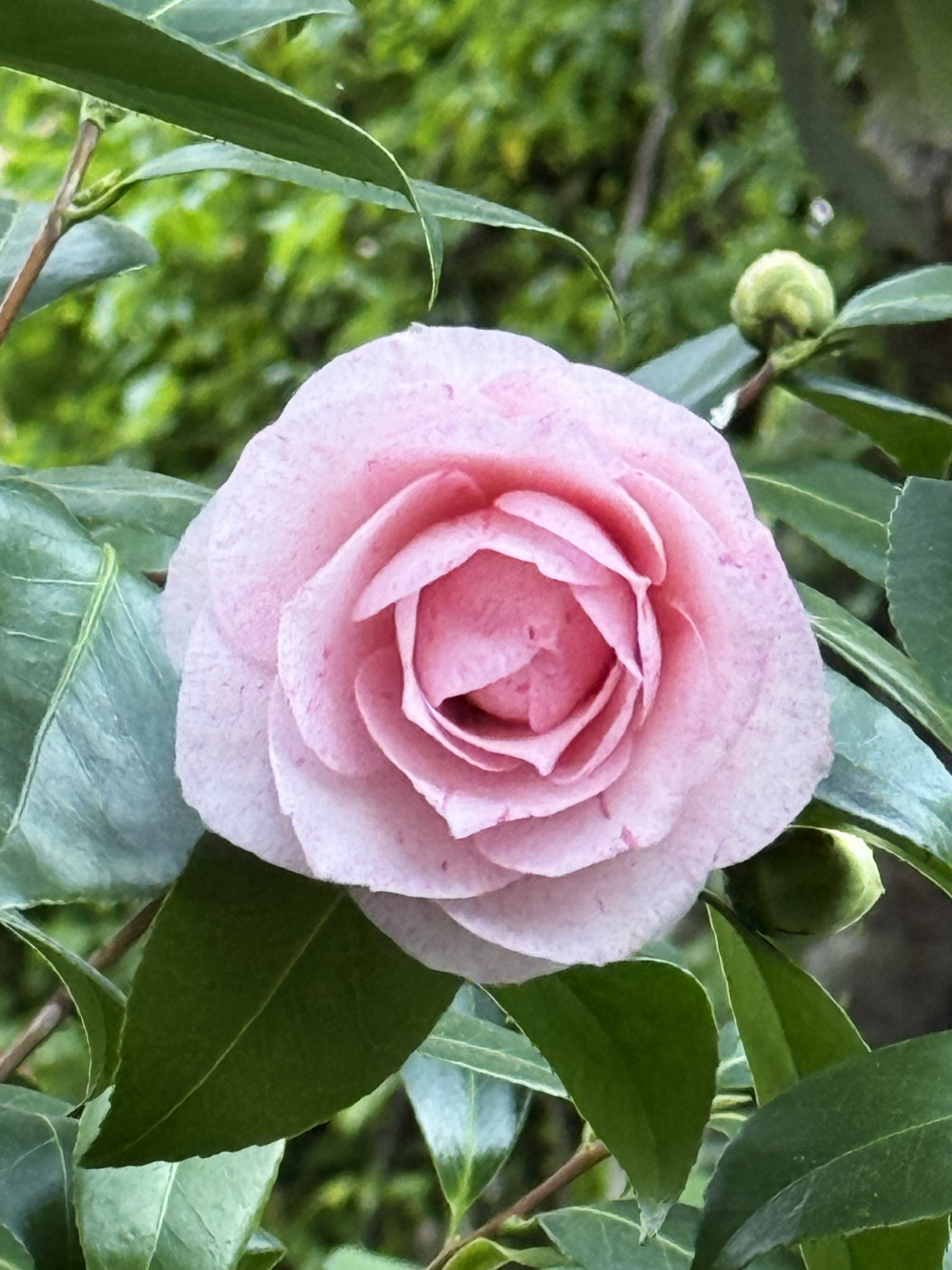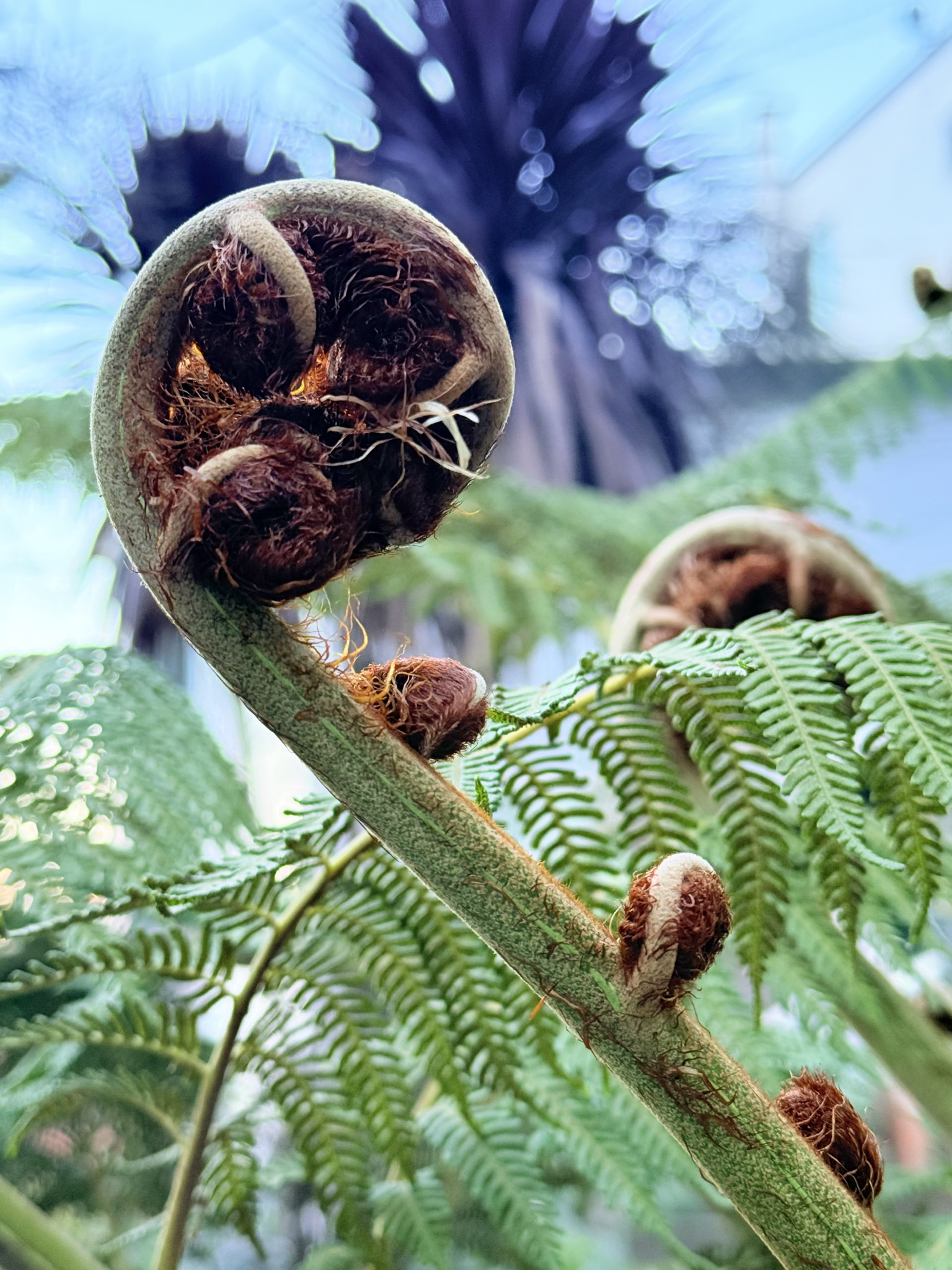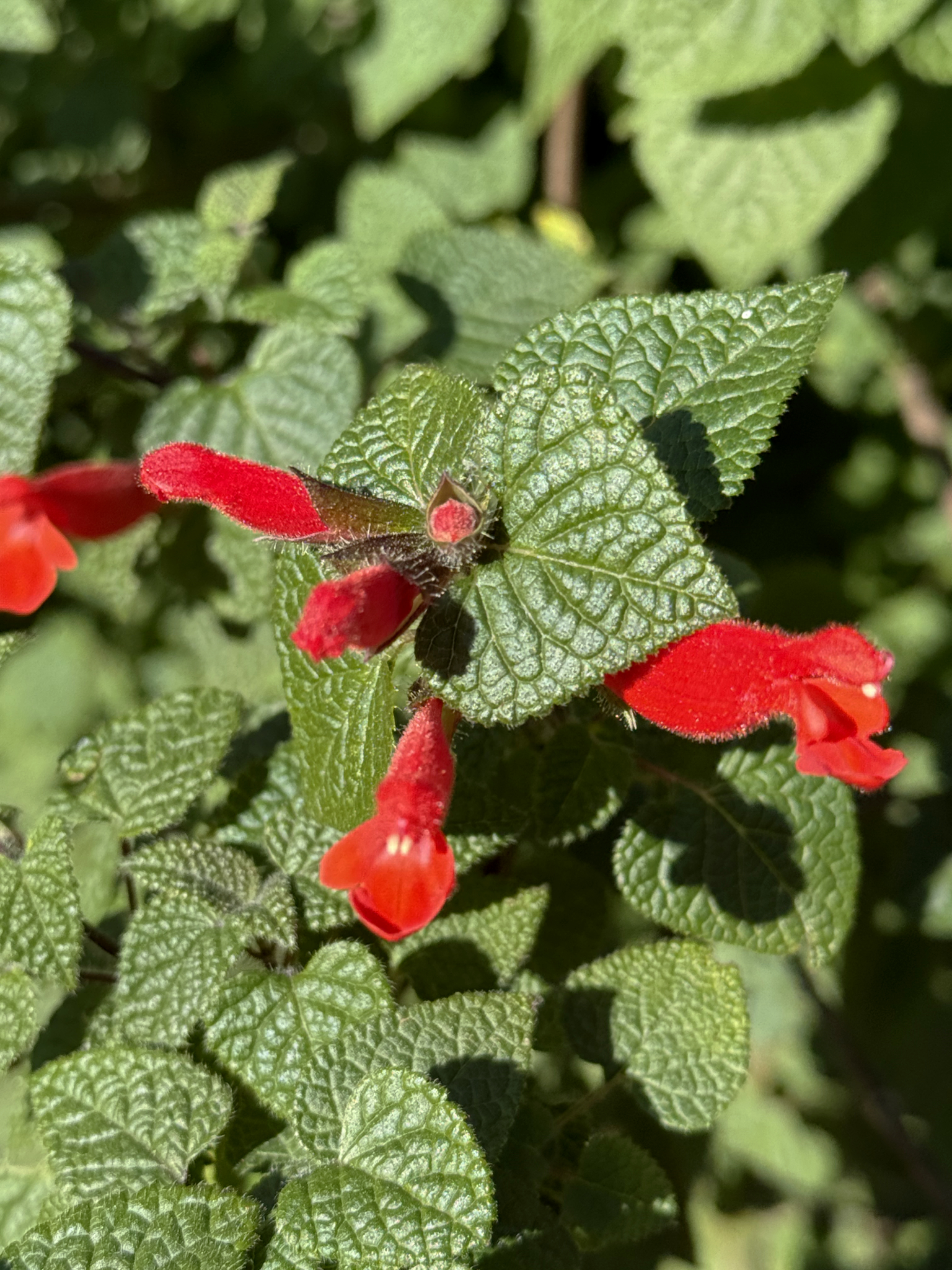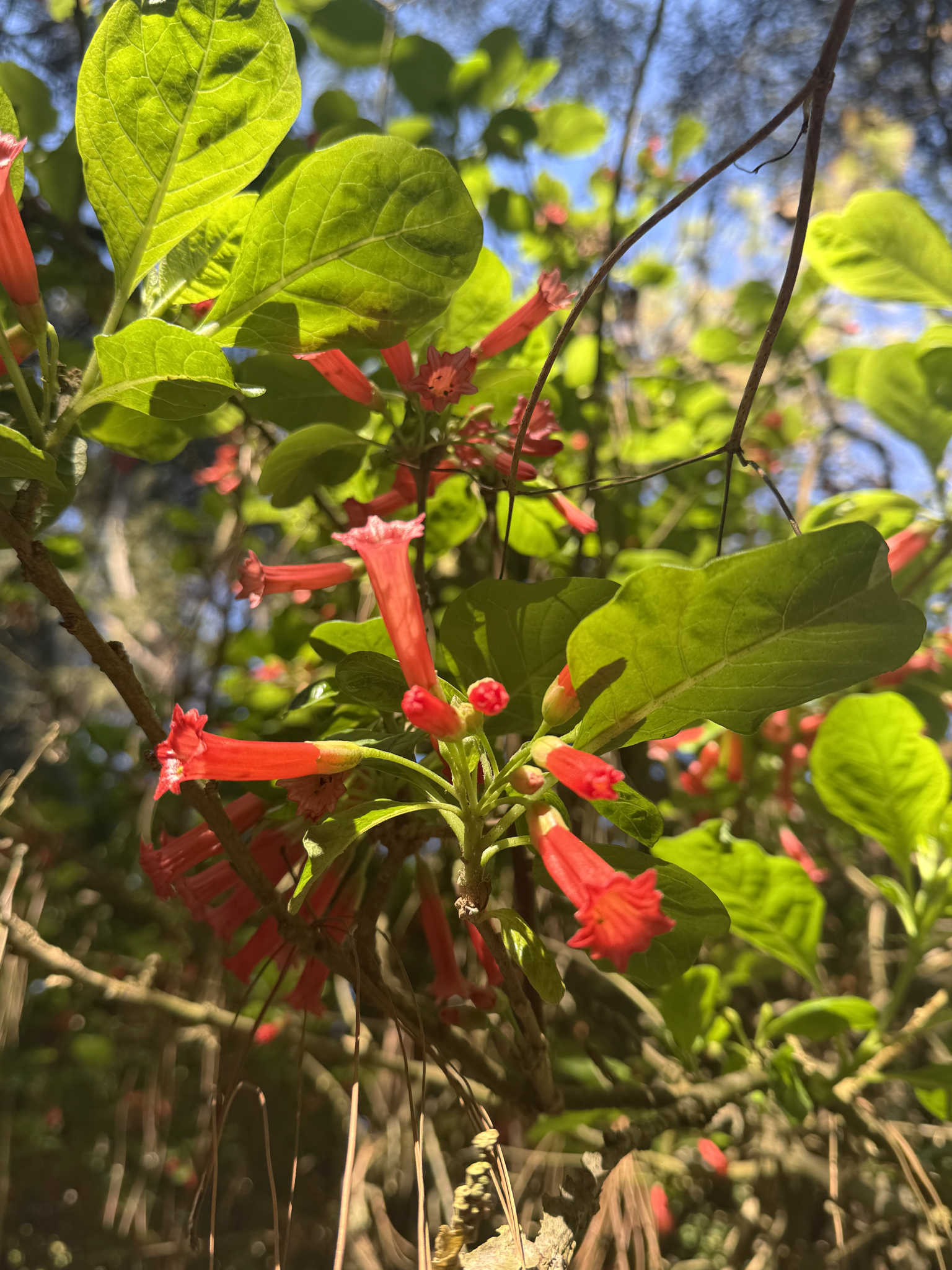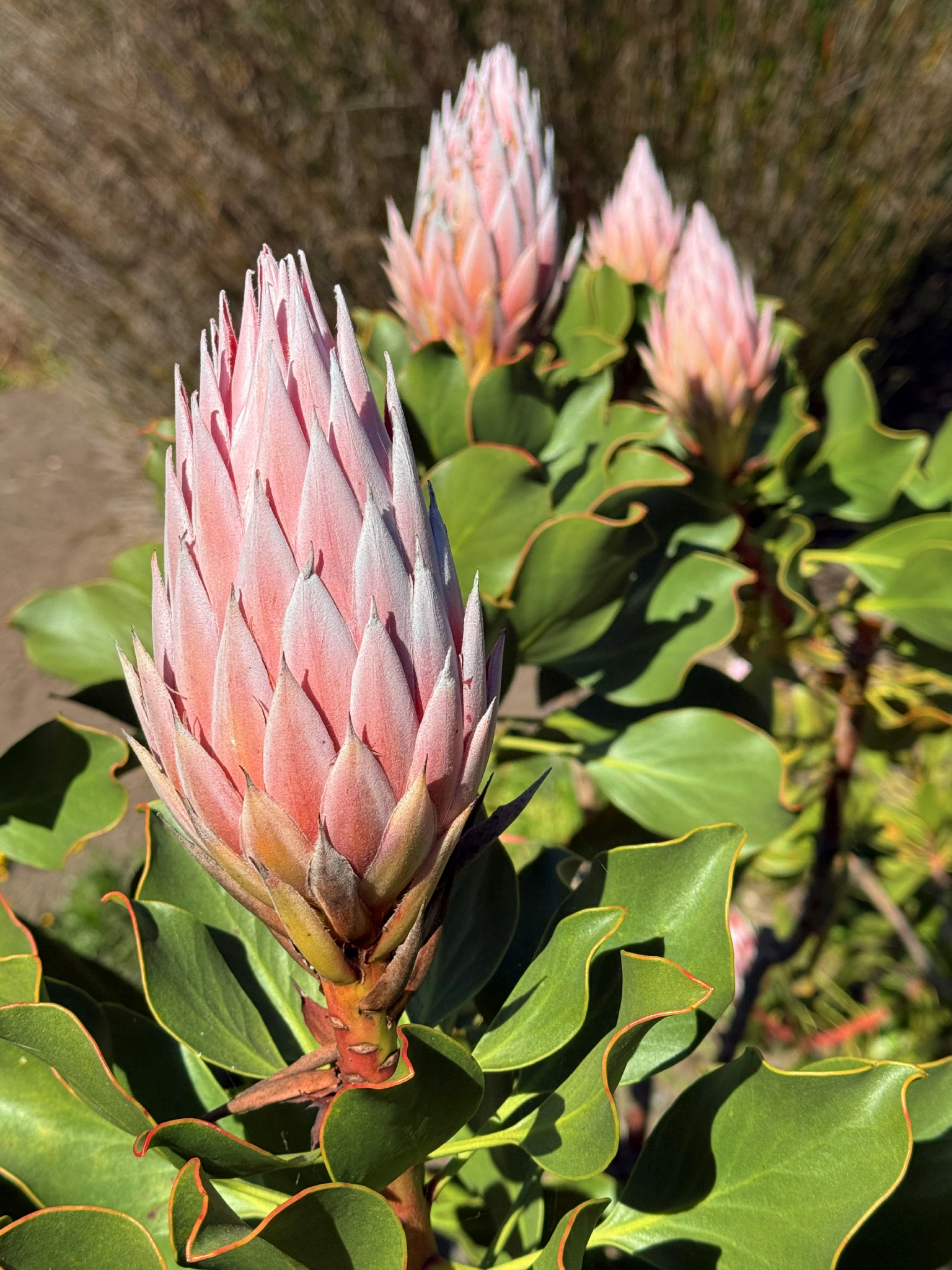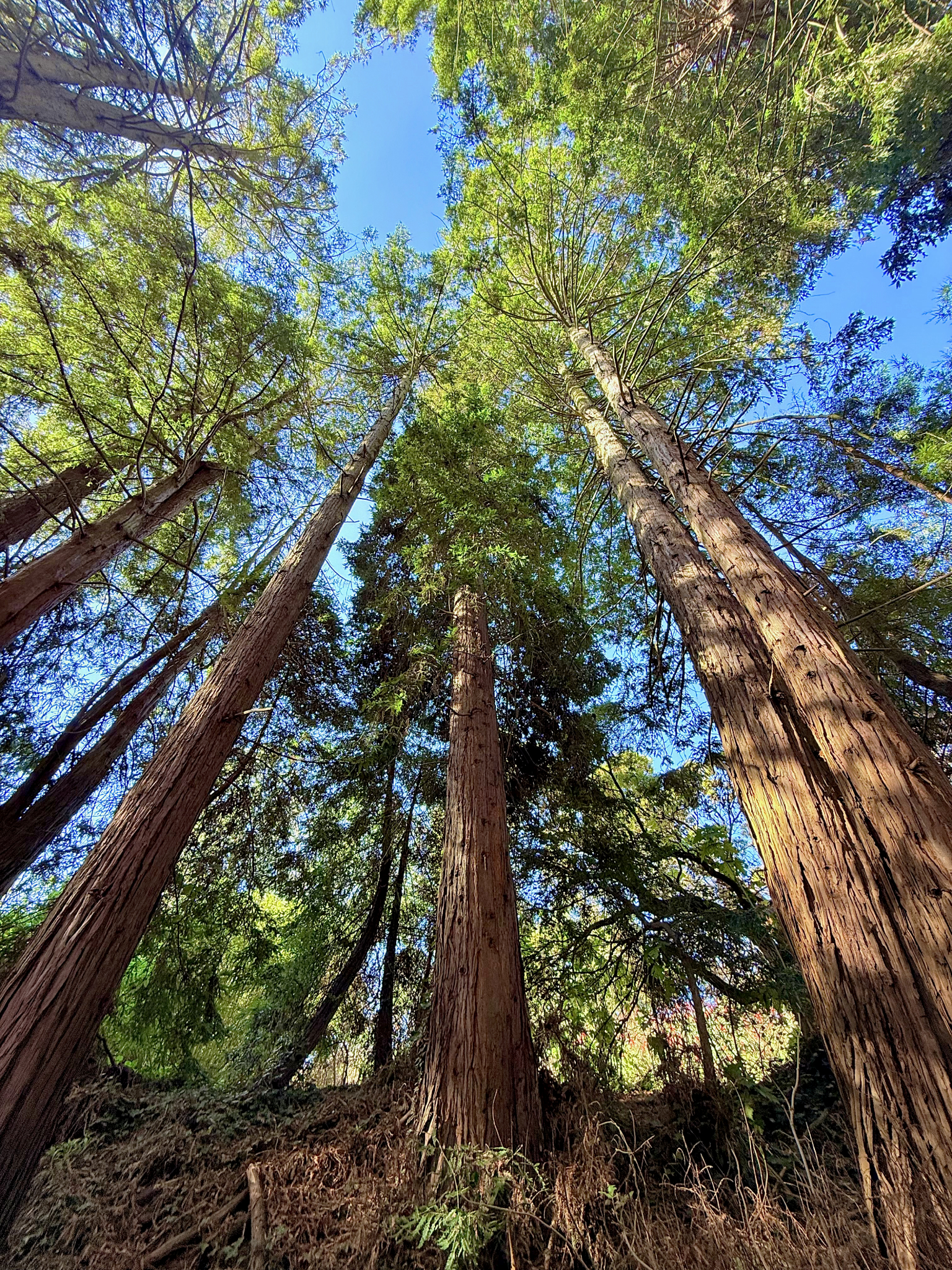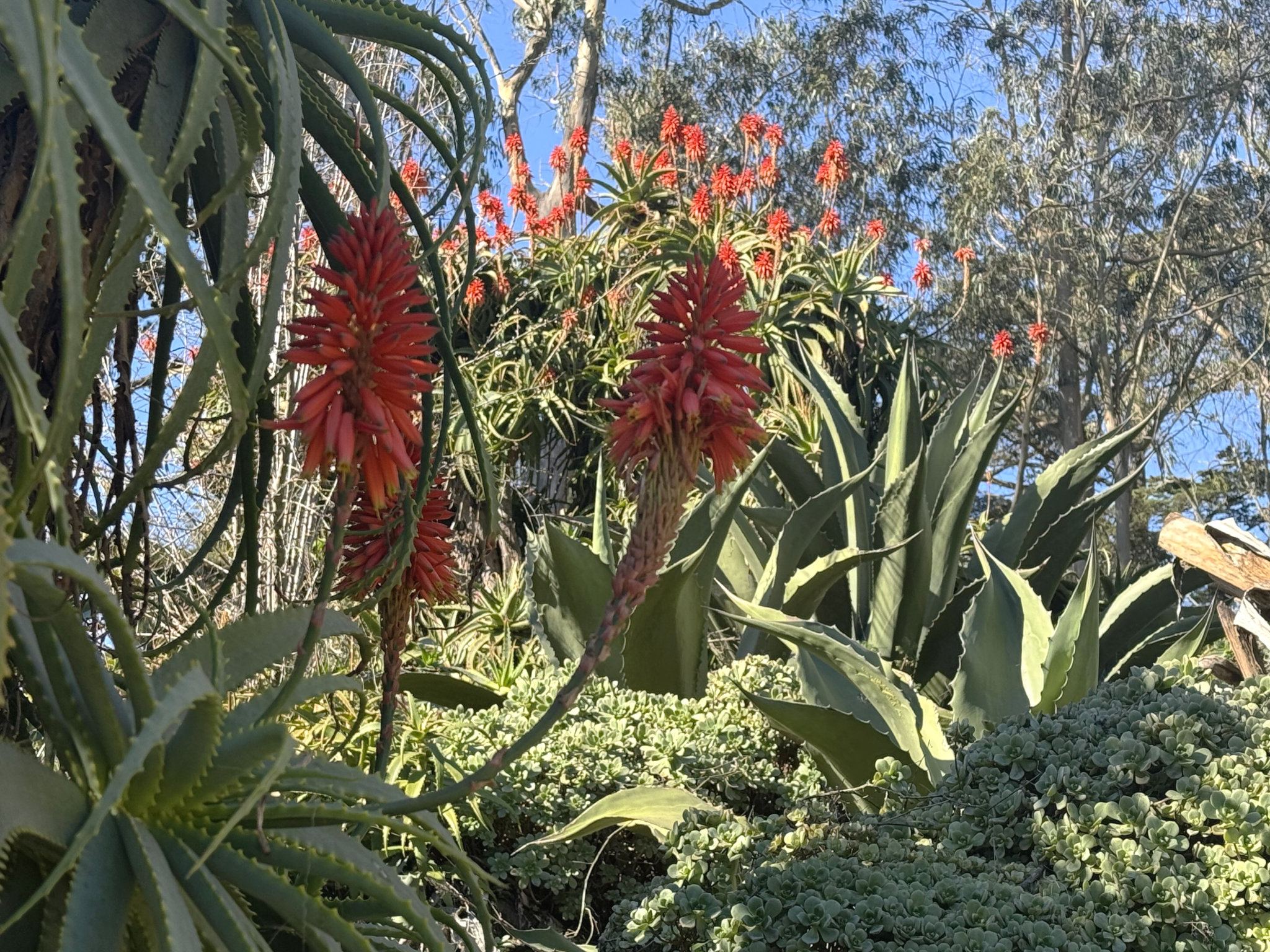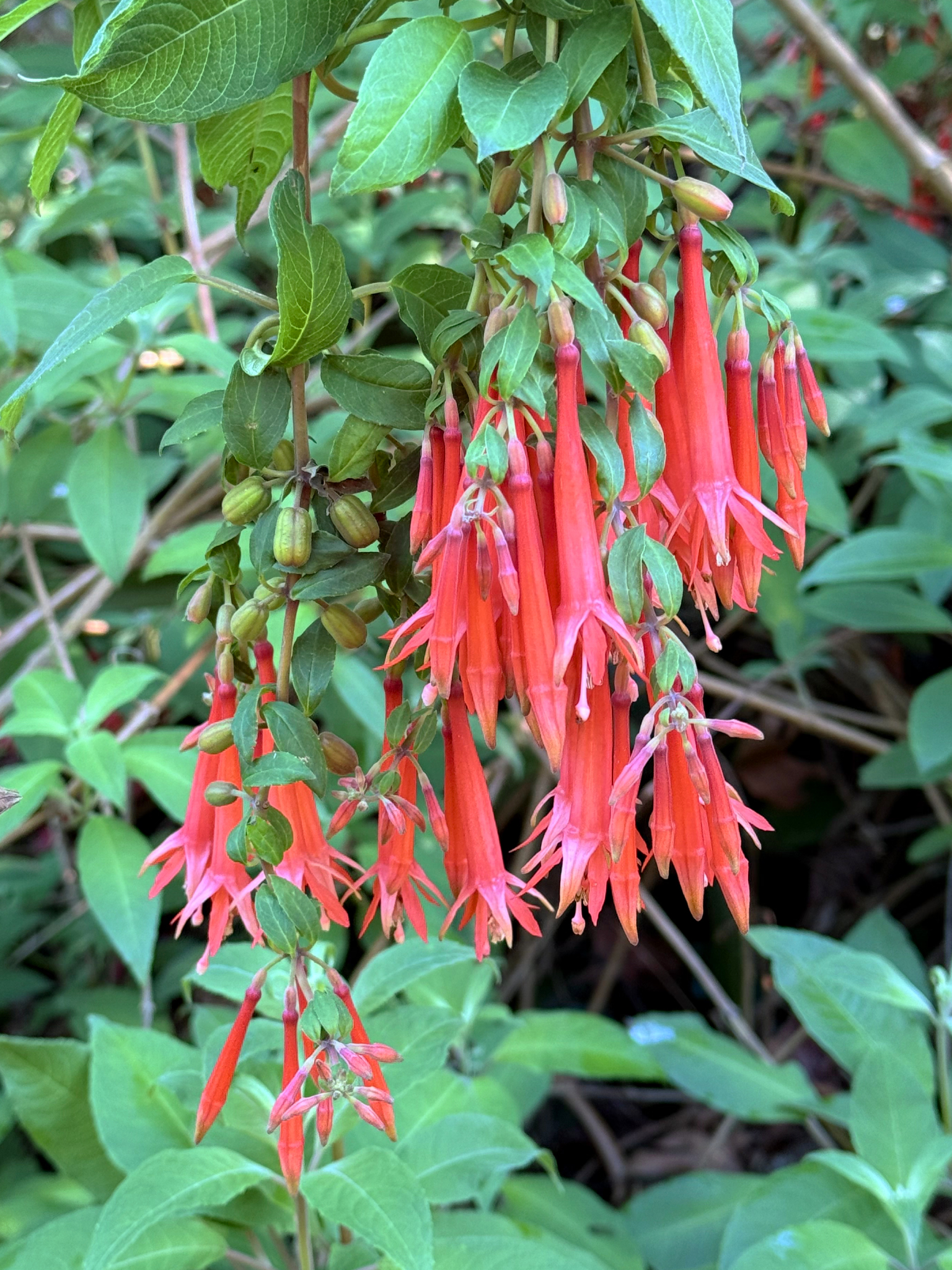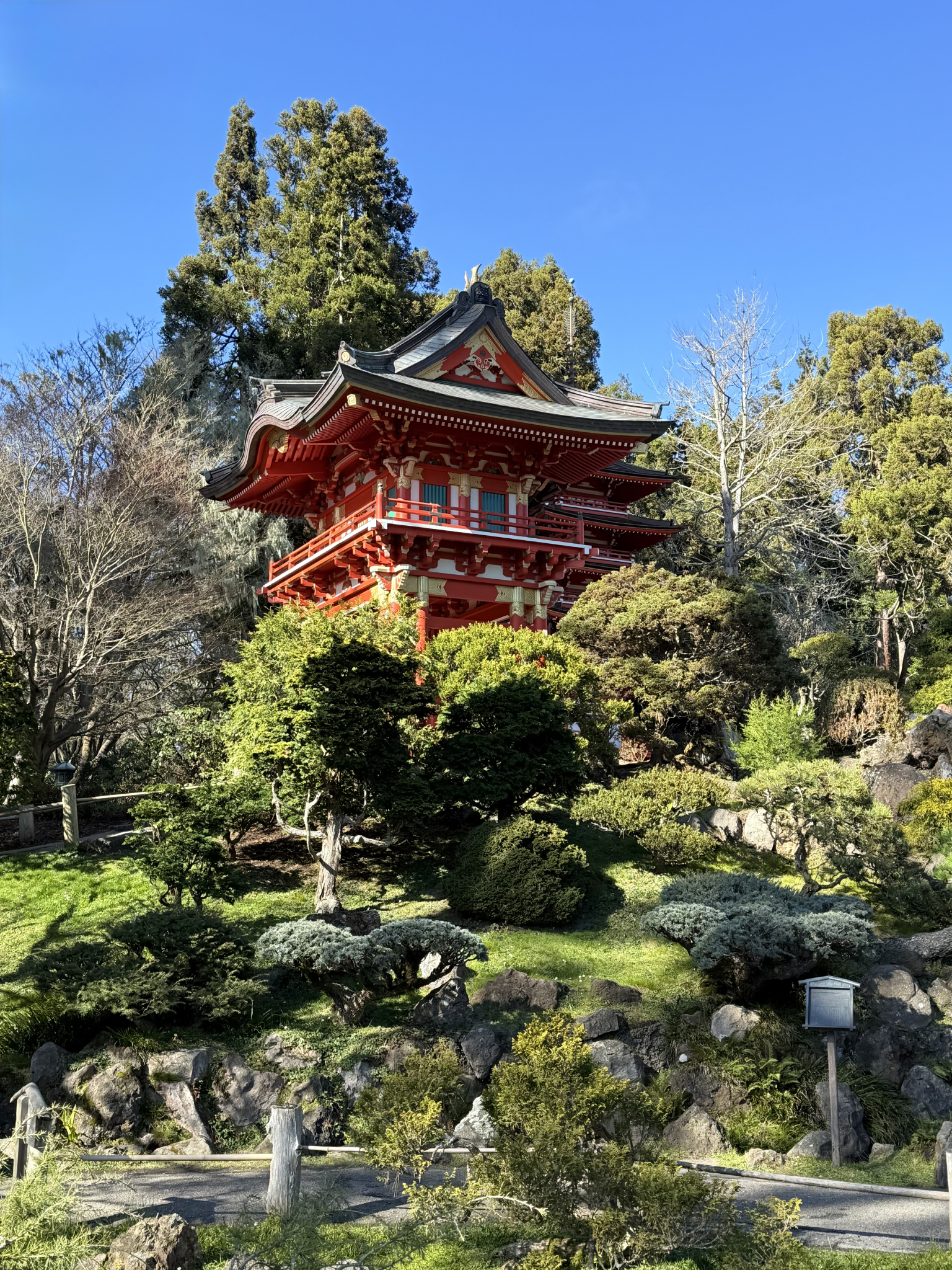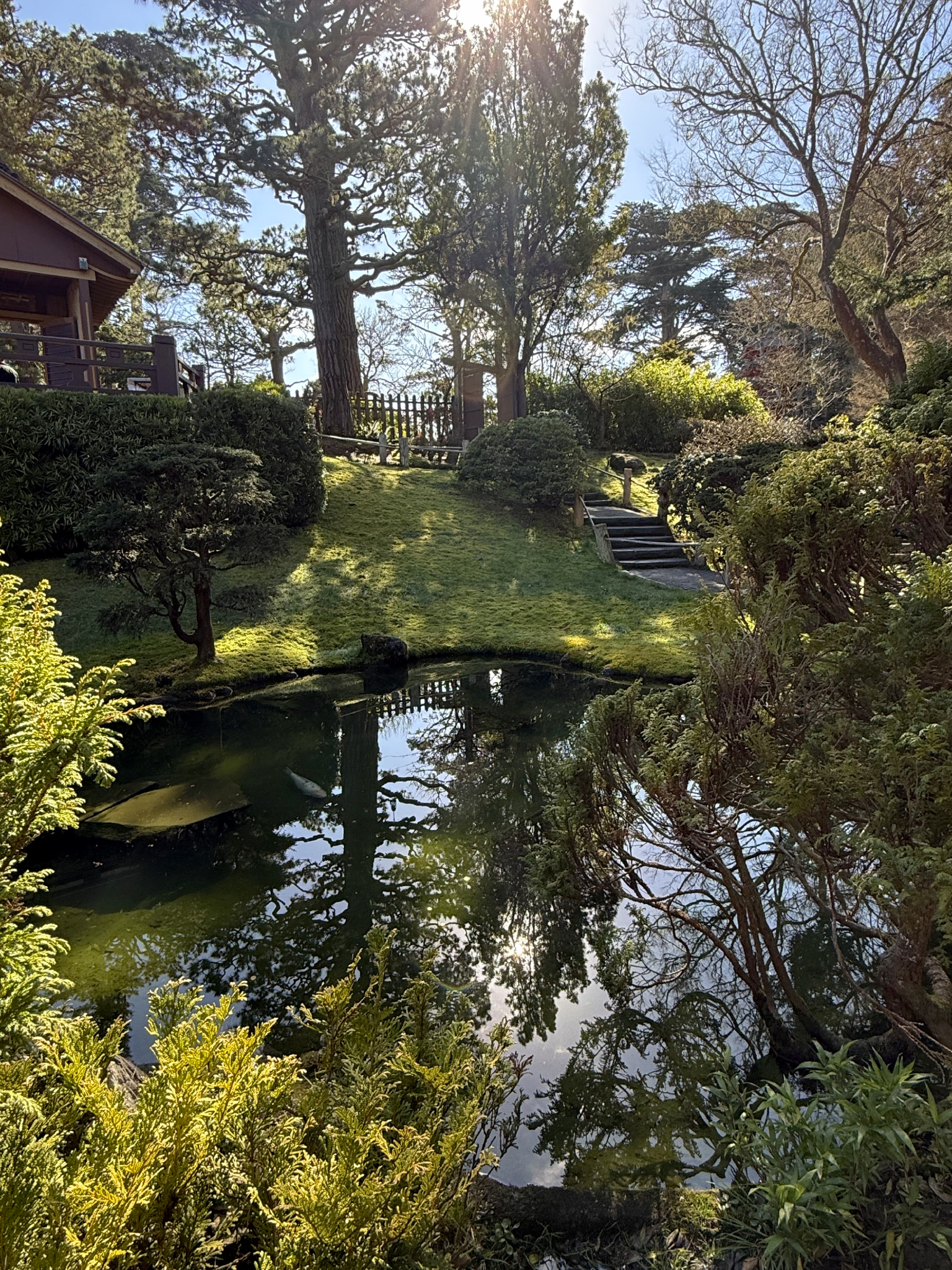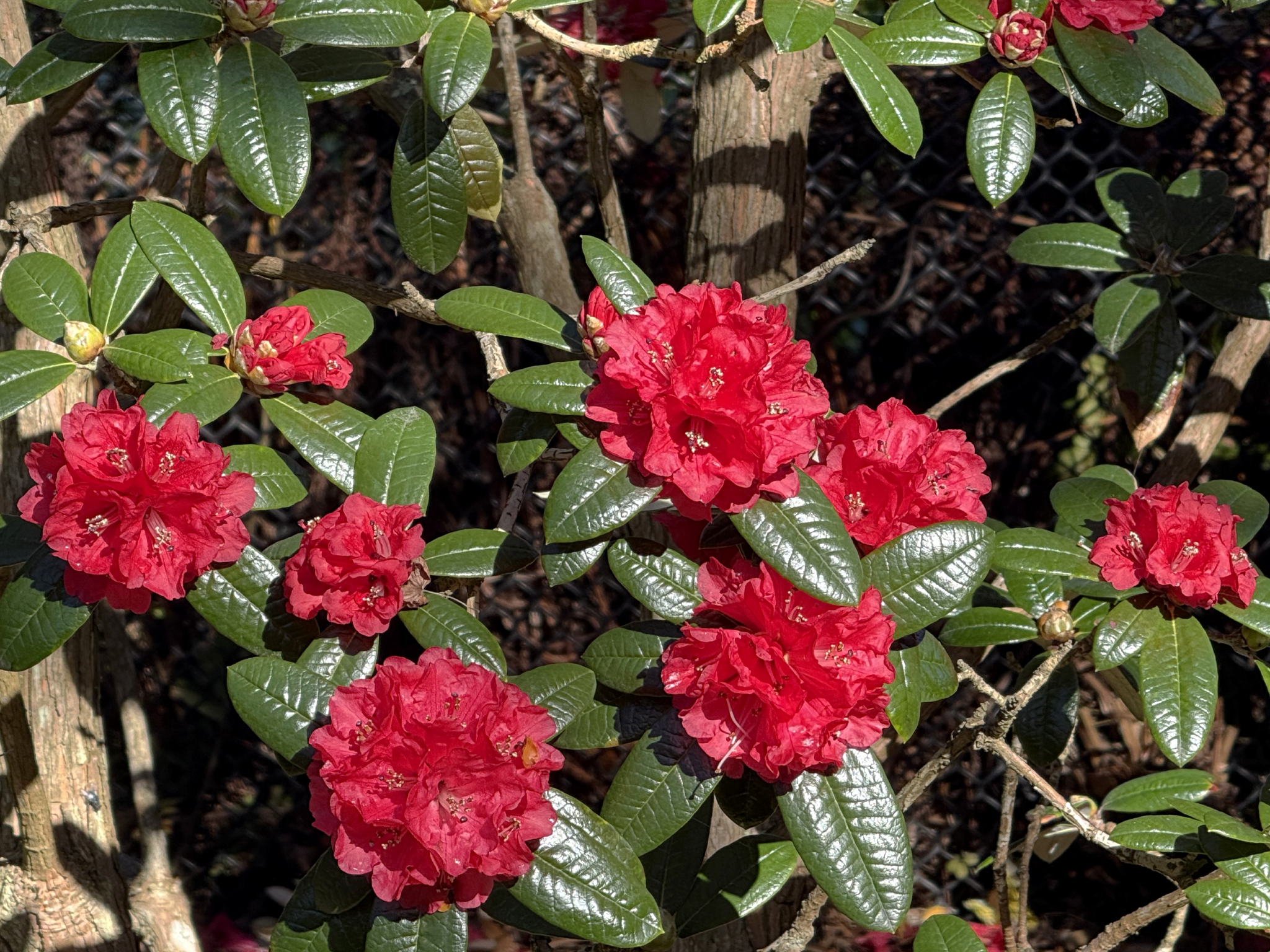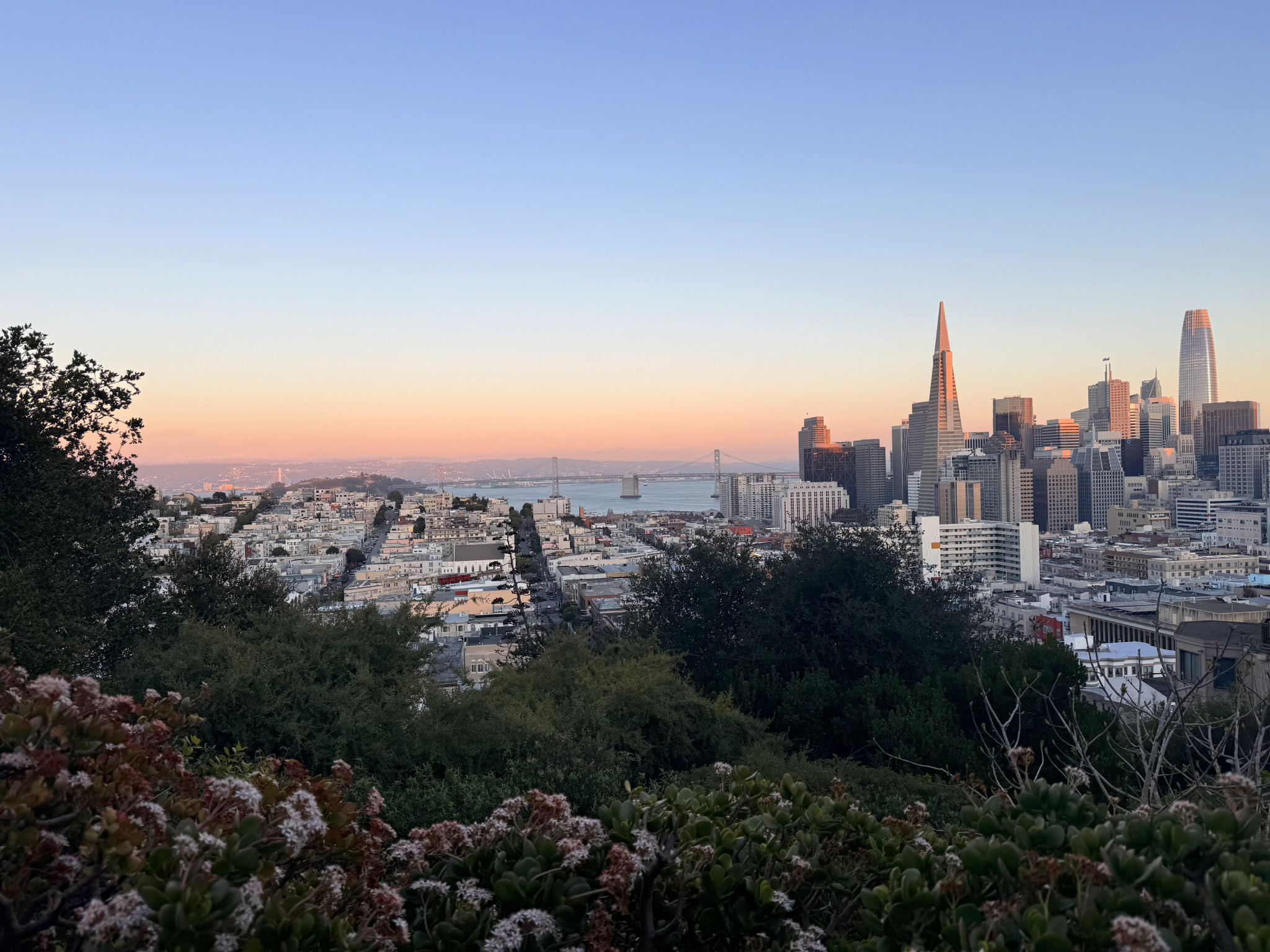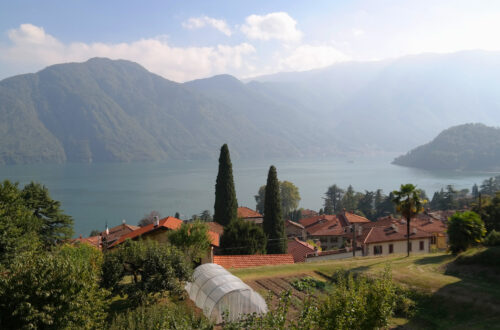
San Francisco, California
Charles and I just spent a few days in San Francisco at the end of January. It is my favorite U.S. city – always has, always will be (sorry, New York). Whenever I touch down at SFO, I always feel a sense of returning home, even though I have never lived there. Contrary to the headlines that portray San Francisco as a dangerous wasteland of homelessness, I experienced a city alive with culture, food, and natural beauty – reaffirming the reasons I fell in love with her years ago. And with sunny, 60-degree days, it was the perfect mid-winter escape from the frigid and icy grip of the East Coast.
We stayed at the Four Seasons Hotel San Francisco at Embarcadero in the heart of the Financial District, which occupies the top 11 floors of the 48-story California Center. Our Deluxe Room was a luxurious sky-high retreat, with jaw-dropping panoramic views of the city, the San Francisco Bay, and the Golden Gate Bridge. It was truly breathtaking. Each time we reentered the room, I was drawn to the windows like a magnet, surreptitiously observing the cityscape and its inhabitants below.
After a mid-afternoon check-in, we dropped our bags and took a Lyft out to the Legion of Honor to see the Mary Cassatt exhibition, which was closing that day. Part of the Fine Arts Museums of San Francisco, the Legion of Honor houses an extensive collection of European Art. The building itself is a masterpiece, designed as a near replica of the Palais de la Légion d’Honneur in Paris. Its neoclassical architecture and dramatic setting in Lincoln Park, perched on a knoll with views of the Pacific, make it a visually impressive landmark.
The exhibition, entitled Mary Cassatt at Work, offered a fresh perspective on this influential American artist. It aimed to reframe how we view Cassatt, emphasizing her role as a modernist pioneer and not solely a sentimental painter of mothers and children. On display was a wide range of Cassatt’s work, including paintings, pastels, and prints. A large portion of the exhibition was dedicated to examining her innovative use of printmaking techniques, much of which she drew inspiration from Japanese art. Charles and I were enthralled by the visual storytelling of her printing process, which was part science, part art. Also on display were some of Cassatt’s most renowned paintings, like Little Girl in a Blue Armchair, notable for its informal and candid depiction of a child, a departure from traditional portraiture; and In the Loge, a depiction of a 19th-century Paris opera showing women as active participants in the social scene.
From the museum, we followed Lands End Trail, part of the Golden Gate National Recreation Area. It hugs the northwestern coast of the San Francisco peninsula, winding through cypress groves, coastal scrub, and rocky cliffs. We stopped at Eagles Point, a clearing with benches overlooking the Golden Gate Bridge and the Marin Headlands. While Charles basked in the final moments of fading sunshine, I hiked down a scrub-lined path to get a better view of the bridge. Luminous from the sun’s golden hour rays, I’d never seen it so radiant before. The quintessential California hint of dill weed permeated the crisp, oceanic air. I was in my element on that bluff overlooking the bay.
Later that evening, we dined at Zuni Café, a long-standing San Francisco gastronomic institution serving classic Californian cuisine since 1979. The restaurant occupies a unique triangular building on Market Street in Hayes Valley and is known for its bustling, bi-level space popular with locals and tourists alike. A famous dish is their roast chicken, cooked in a brick oven fueled by almond tree wood. Charles and I were seated at a table directly across from the oven and watched as several line cooks churned out chicken after chicken. The dish looked mouth-wateringly delicious, but it was huge and we wanted to try multiple items on the menu. Instead, we started with the Acme levain bread with butter and marinated olives, followed by a little gem salad with pomegranate seeds, radishes, pistachios, and a Green Goddess dressing – all of which were sublime. Then, we shared a house-made fettuccine with a pea and arugula pesto followed by a Liberty Ranch duck leg roasted in the brick oven. And for dessert, a pavlova with whipped crème fraîche and cara cara oranges, accented by a glass of sweet Tokaji. It was a perfect meal to end our perfect first day in the City by the Bay.
The following morning, we walked over to SFMOMA to witness and experience American Sublime, a powerful mid-career survey of Amy Sherald’s work. Nearly 50 paintings, from Michelle Obama’s portrait to the poignant Breonna Taylor, showcased the artist’s ability to capture Black subjects in a state of pure being. Sherald’s signature grisaille skin tones in the same shades of grey underscore her exploration of race as a social construct. For Love, and for Country, her bold reimagining of the famous V-J Day kiss in Times Square – with two male sailors – commanded the room. Her portraits, with their striking three-dimensional figures and stunningly vibrant, textured backdrops, left me both moved and mesmerized.
We then plunged into the whimsical world of Yayoi Kusama’s Aspiring to Pumpkin’s Love, the Love in My Heart sculpture. Its five undulating, polka-dotted pumpkins, each crowned with a playful hat, was a delightful spectacle. Then, Olafur Eliasson’s One-way colour tunnel beckoned, a prismatic walkway where light danced and shifted, creating a mesmerizing kaleidoscope of hues. A quick detour through the kinetic wonders of the Alexander Calder: Motion Lab, followed by a moment of respite before the Living Wall’s vibrant greenery, led us to Charles’s pilgrimage: Rothko’s No. 14, 1960. The canvas, a color field of orange and cobalt, set against a background of muted violet and brownish hues, pulsed with emotion. Charles, ever the advocate for immersive art, had once implored the museum to place a bench before it – a testament to the painting’s power, as it remains there today, inviting quiet contemplation.
After a quick lunch of crisp, tender winter salads at Grace, the museum’s ground floor cafe, we hopped on a Muni train to the Mission District. San Francisco’s Muni is a great way to travel around the city. As a daily rider of the often overcrowded and grimy New York City subway, I was pleased to have such a clean and civilized underground train experience. In the Mission, we moseyed up and down Valencia Street, an area familiar to us as Charles’ niece used to live there with her family. We popped into mid-century antique shops and stopped for a heavenly chocolate chip cookie from Craftsman and Wolves. I was very sad to see that Aunt Bill’s Stuff, a huge vintage-modern collective, had closed since COVID. But my spirits were lifted after stumbling upon an outpost of Taylor Stitch, where Charles and I spent a mortgage payment on new spring wardrobes.
From the Mission, I dropped Charles off at the hotel for some R&R and set off along Sansome Street, drawn to the foot of the Filbert Steps. With each visit to San Francisco, I make it a tradition to walk up the Filbert Steps to Coit Tower. Located on Telegraph Hill’s eastern slope, the steps weave a captivating path through lush gardens and charming residences. Historic homes, accessible only by this steep ascent, imbue the area with a unique, timeless allure. With each upward stride, the cityscape opens up, revealing breathtaking panoramas of San Francisco Bay, the Bay Bridge, and the sprawling skyline. And at the summit, the striking Art Deco silhouette of Coit Tower stands as a majestic reward for the 285-foot climb.
One of the reasons I love San Francisco is the abundance of flora that blooms throughout the year. Even in January, the city’s verdant spirit flourishes, particularly along the Filbert Steps – a cascade of gardens teeming with life. Mounds of vibrant pink New Guinea impatiens mingled with the regal purple of princess flowers and the fiery magenta of nascent bougainvillea. Mature brugmansia trees, laden with fragrant yellow trumpets, stood alongside flaming orange cape honeysuckle. The hillside shimmered with jade, its delicate, star-shaped blossoms of whitish pink spilling forth in abundance. Descending the Greenwich Steps one block north, I was met with the delicate blush of fuchsia-tinged saucer magnolias and the soft, pale pink of camellias, while unfurling vegetable lamb ferns added a touch of wild grace. These steps, a living tapestry of botanical wonder, truly felt like a slice of earthly paradise.
It was the eve of the Chinese Lunar New Year, and what better way to ring in the Year of the Snake than a traditional dim sum dinner at HK Lounge Bistro. After a devastating fire shuttered the original Richmond District location in 2019, the restaurant reopened in 2023 in a brand new space on Folsom Street in SoMa, quickly receiving accolades from Michelin, The New York Times, Eater, and more. I’m not exaggerating when I say we had some of the best Cantonese-style cuisine I have ever eaten. We started with several items from the “Asian Tapas” column of the menu, including truffle salt shrimp toast, honey-glazed barbecue Berkshire pork belly, Berkshire pork Shanghai soup dumpling, and boiled shrimp and pork dumplings. Yes, a lot of pork – but it was SO good. We then had dried scallop and egg white fried rice with Hong Kong-style sliced beef ribeye cap served with chinese broccoli. Everything was handmade to order, with the freshest ingredients, delightful flavors and textures – and not a hint of MSG. Like a phoenix, HK Lounge has risen from the ashes to make its mark on the Chinese food scene of SF.
The next morning, Charles and I took the Muni out to Golden Gate Park to bask in the crisp, glorious sunshine. We began by exploring the San Francisco Botanical Garden, a 55-acre horticultural oasis showcasing over 8,000 different plant species. It features a diverse range of themed gardens from all over the world, each designed to mimic the climate and flora of these regions. In the Mesoamerican Garden, clusters of pink bubble persicaria lined the pathways, with radiant scarlet sage and fragrant golden wood ragwort tucked beneath the canopy of atlas cedars. In the South African Garden, giant heads of coral king protea bobbed in the gentle Pacific breeze. We meditated peacefully on a bench amidst a towering grove of redwoods before meandering through a sea of fiery red aloe blooms in the Succulent Garden. En route to the exit, we passed beneath several stunning magnolias in the Moon Viewing Garden, their velvety silver buds and saucer-sized pink and white flowers providing the perfect foil against the azure blue sky.
Finding two yellow Adirondack chairs in a secluded clearing, we surrendered ourselves to the warmth of the midday sun – a true indulgence for a New Yorker in January. Refreshed, we wandered into the Japanese Tea Garden, North America’s oldest, where meticulously sculpted landscapes, tranquil koi ponds, and elegant pagodas created a haven of serenity. Later, our journey to lunch in NoPa took us through the poignant National AIDS Memorial Grove, historic Hippie Hill, and along the leafy Panhandle. A quick, delicious lunch at Souvla on Divisadero followed, where I savored a salad of crisp greens, roasted white sweet potato, olives, walnuts, pickled red onion, pea shoots, mizithra cheese, and a creamy garlic yogurt dressing.
Post-lunch, our eastward walk continued along Hayes Street, beside Alamo Square Park. There, the famed Painted Ladies, a row of colorful Victorians – including the Full House Tanner residence – framed the dynamic city skyline. Hayes Street then gently slopes downward, which led us into the heart of Hayes Valley, a lively district brimming with upmarket boutiques and high-quality dining options. We perused the window displays at several shops like Todd Snyder, Reliquary, Marine Layer, and Aether, before hopping on the Muni and heading back to the vicinity of our hotel. Charles returned to the room while I continued strolling. I climbed Nob Hill via California Street, passing in my ascent the ever-famous Stanford Court, Mark Hopkins InterContinental, and Fairmont hotels. Across the street is the Pacific-Union Club located in the Flood Mansion – one of the only historic structures to have survived the 1906 San Francisco earthquake and subsequent fire. I then hiked to the top of Russian Hill and descended the Vallejo Stairway to Ina Coolbrith Park, which offered stunning views of the city skyline and the Bay Bridge, bathed in the warm, effulgent orange glow of the setting sun.
Our final San Francisco feast unfolded at Cotogna, the convivial counterpart to Quince, the celebrated fine-dining establishment of Chef Michael Tusk and wife Lindsay. Returning after nearly a decade, we found Cotogna’s magic undiminished, its regional Italian cuisine as exquisite as ever. Spritzes di Cotogna, featuring my new obsession, Leopold Brothers aperitivo, were accompanied by delicate gnocco fritto, followed by a bright halibut crudo with satsuma and bergamot. A sublime puntarelle salad, with anchovies and Parmigiano, prepared us for two exceptional pasta dishes: butternut squash tortelli in sage butter, and quadrucci in a parmesan brodo with pork and turnip. Each pasta, perfectly al dente, was a testament to Cotogna’s mastery. A rich gianduja crostata provided a sweet finale, sending us, happily replete, back to the Four Seasons.
With a heavy heart, I boarded the plane the next day, leaving behind my beloved San Francisco haven. But the City by the Bay, a realm of enchantment, had nourished my mind, body, and soul – leaving me revitalized and prepared to meet the East Coast’s remaining weeks of winter with renewed strength.
Last visited in January, 2025




